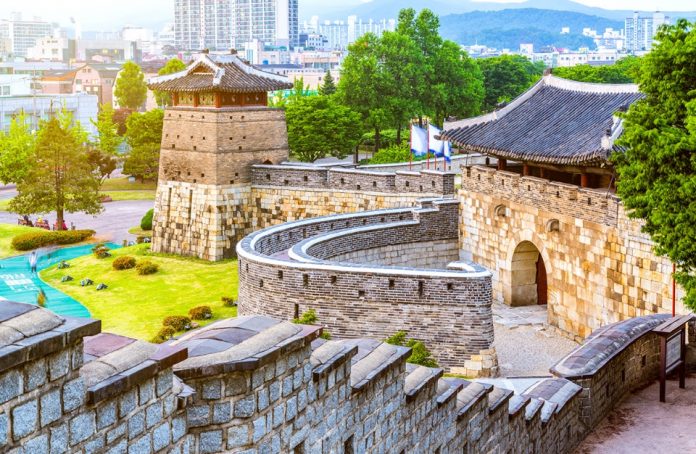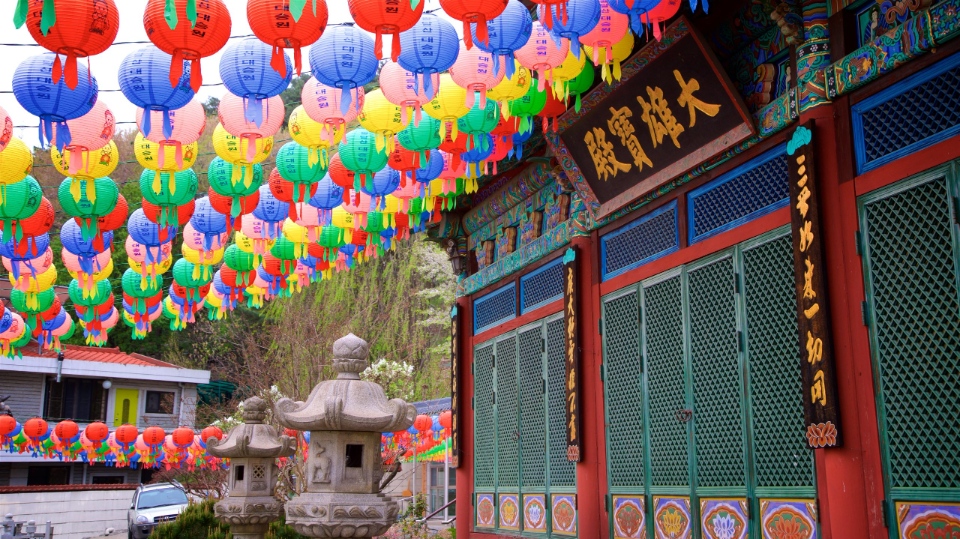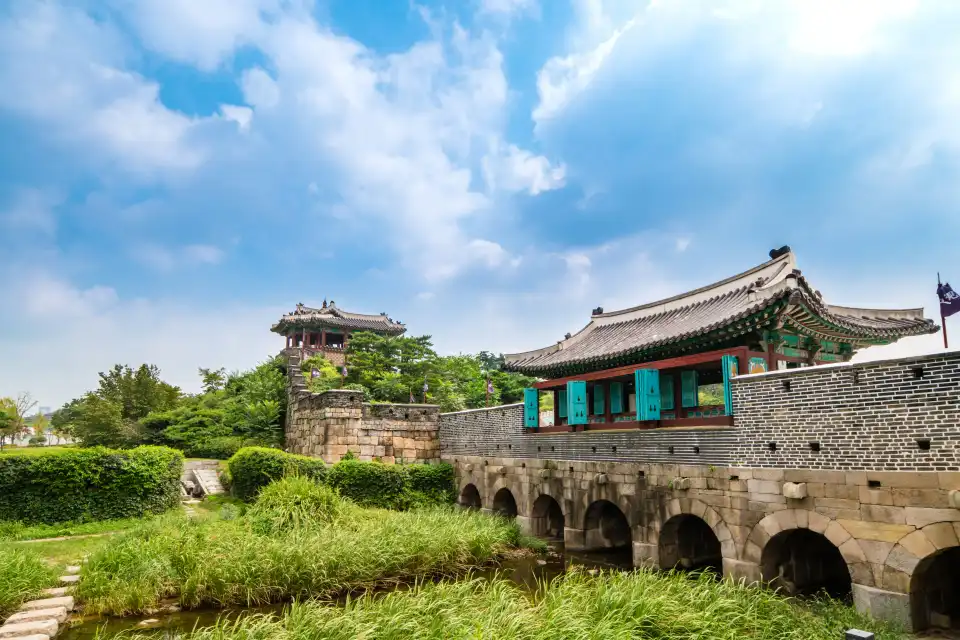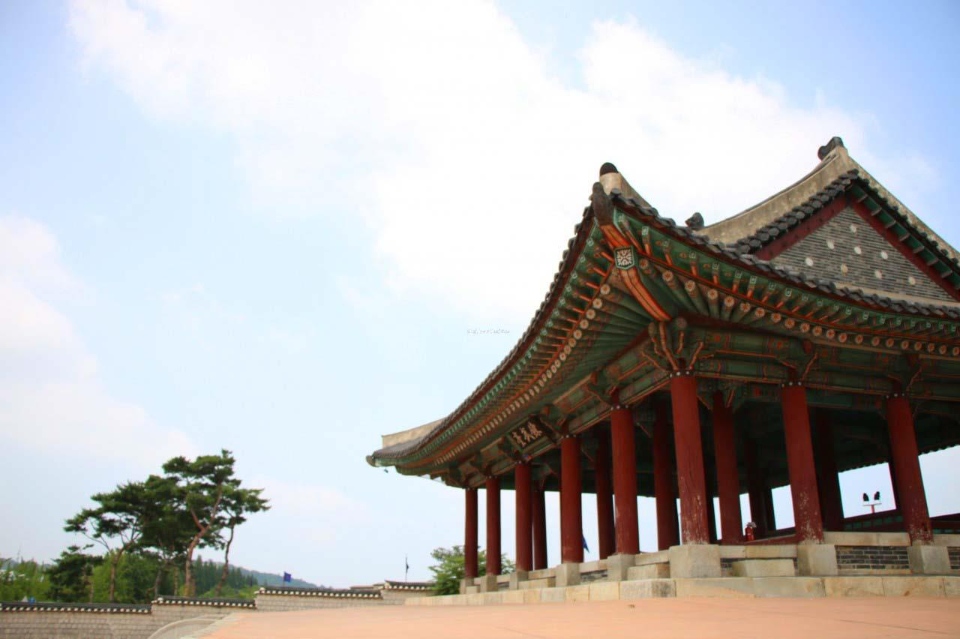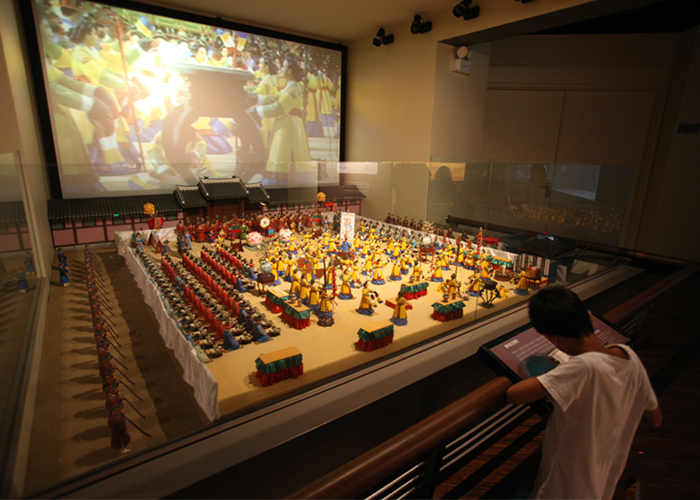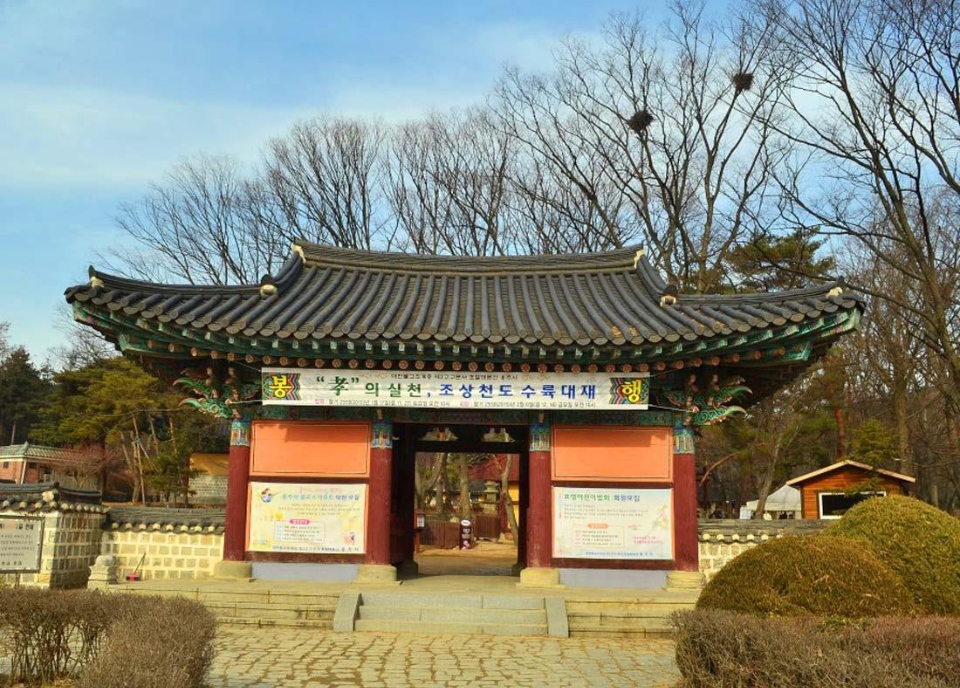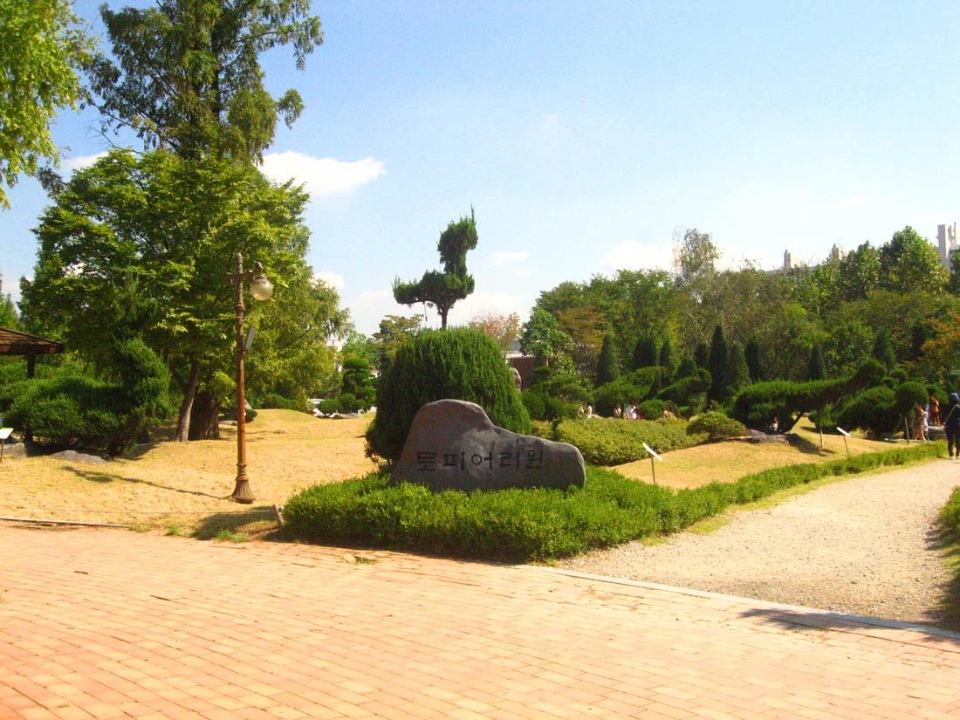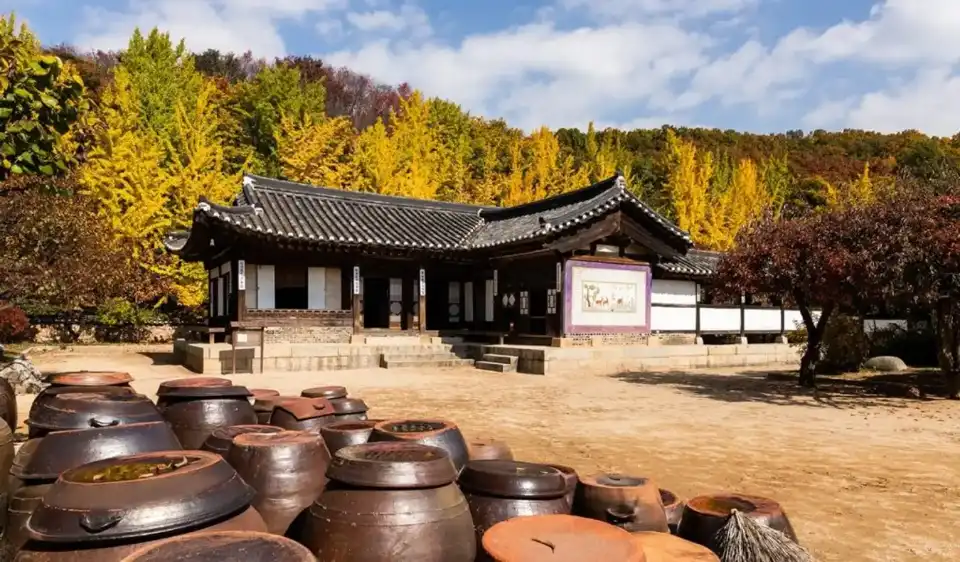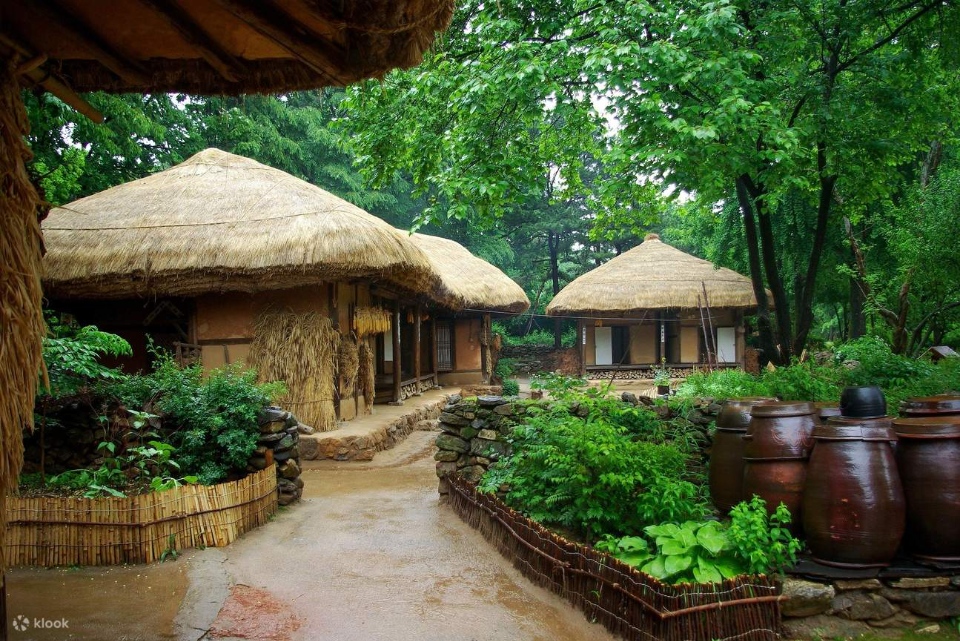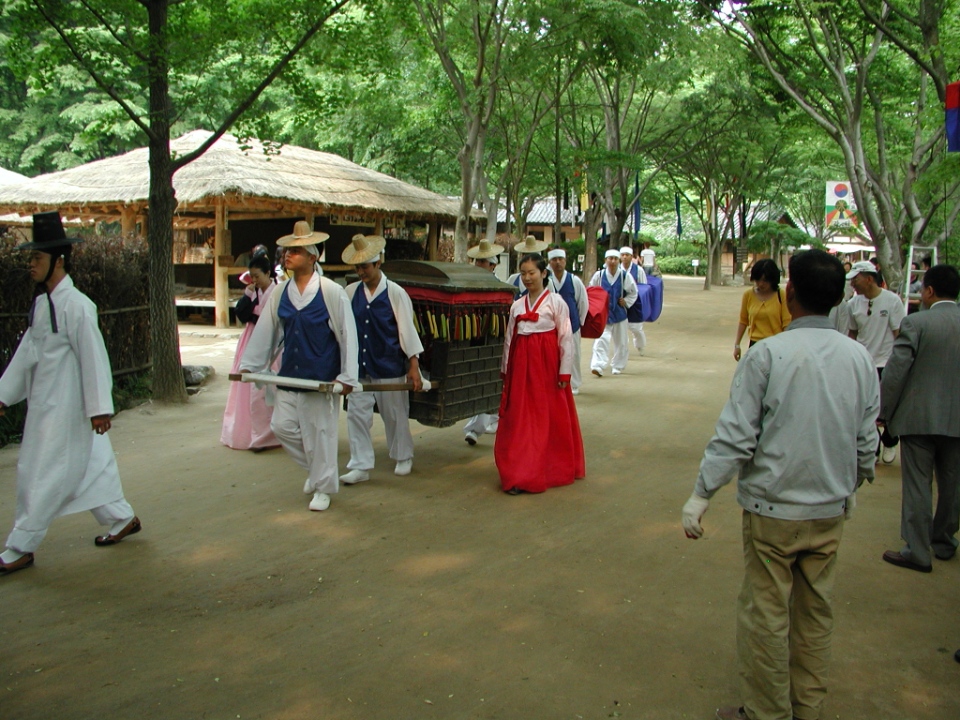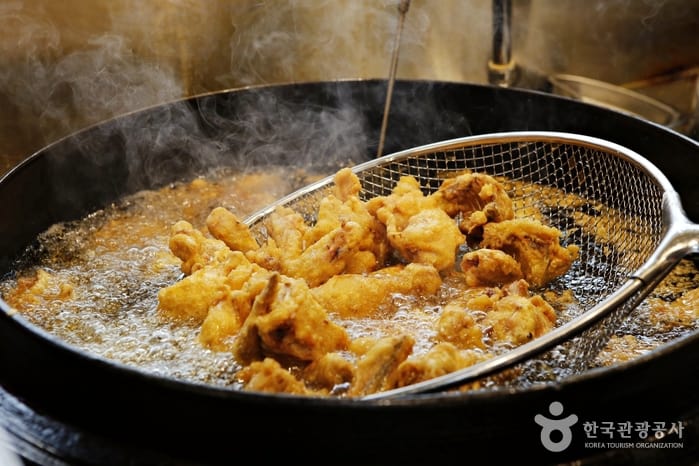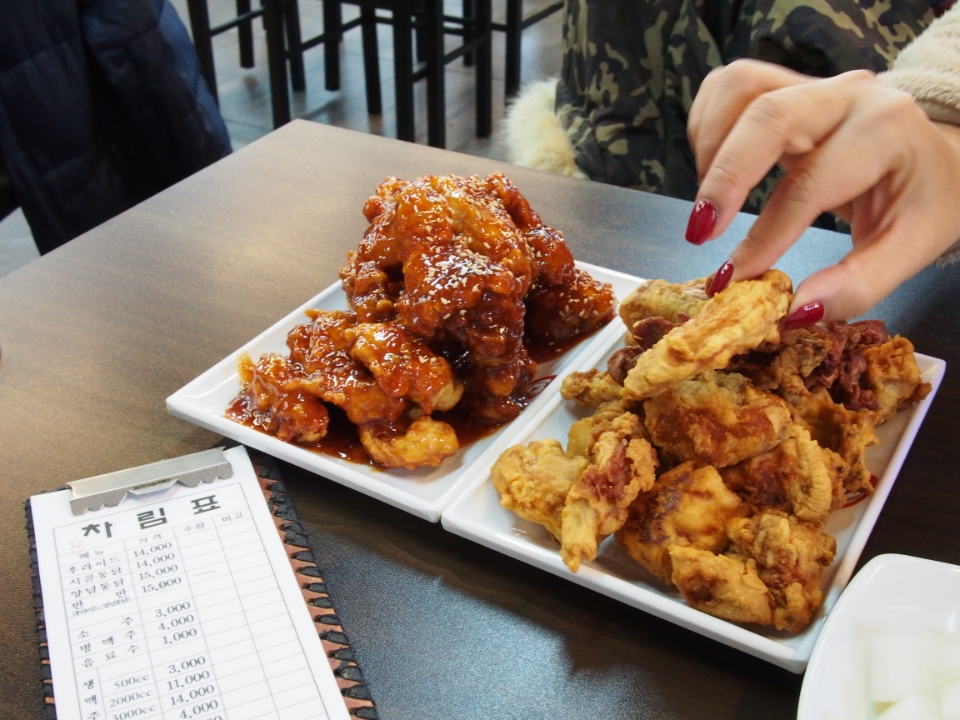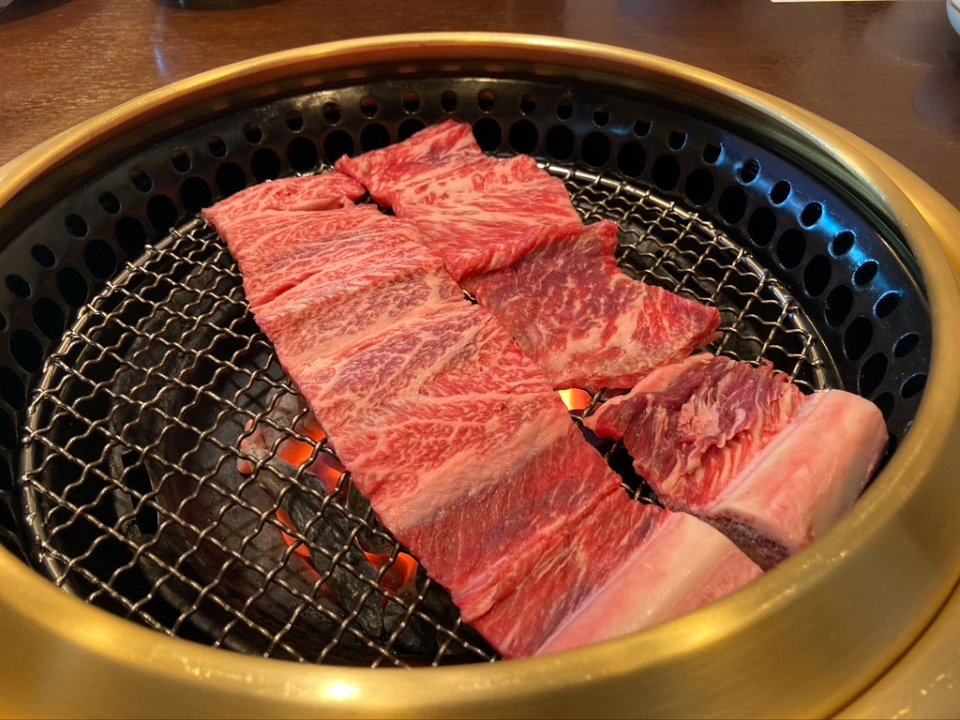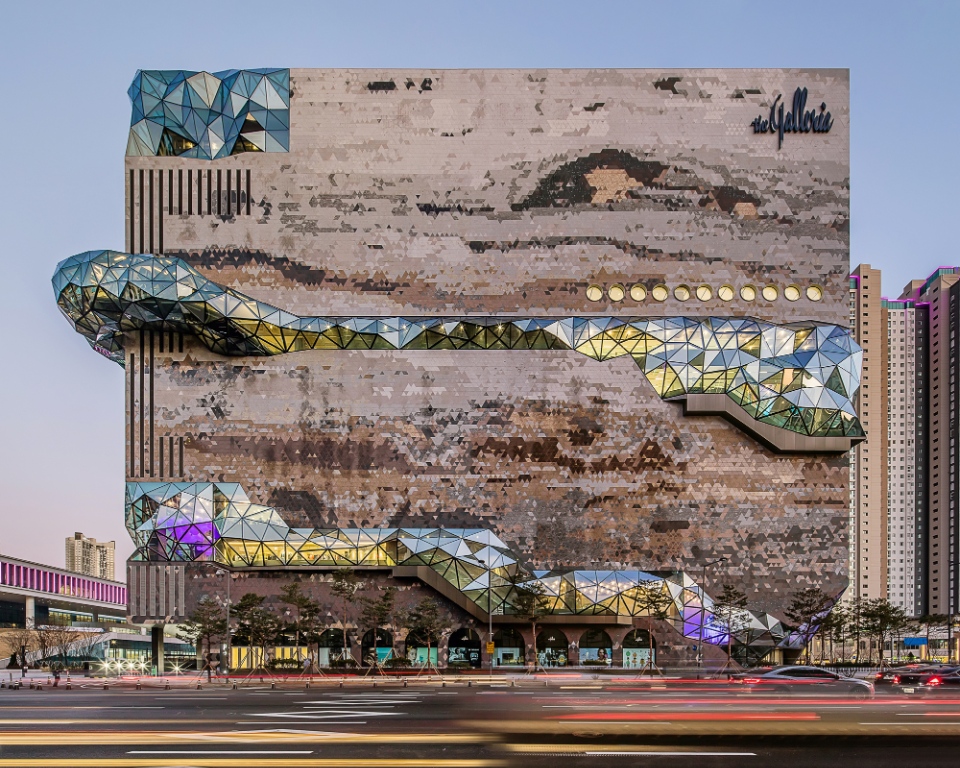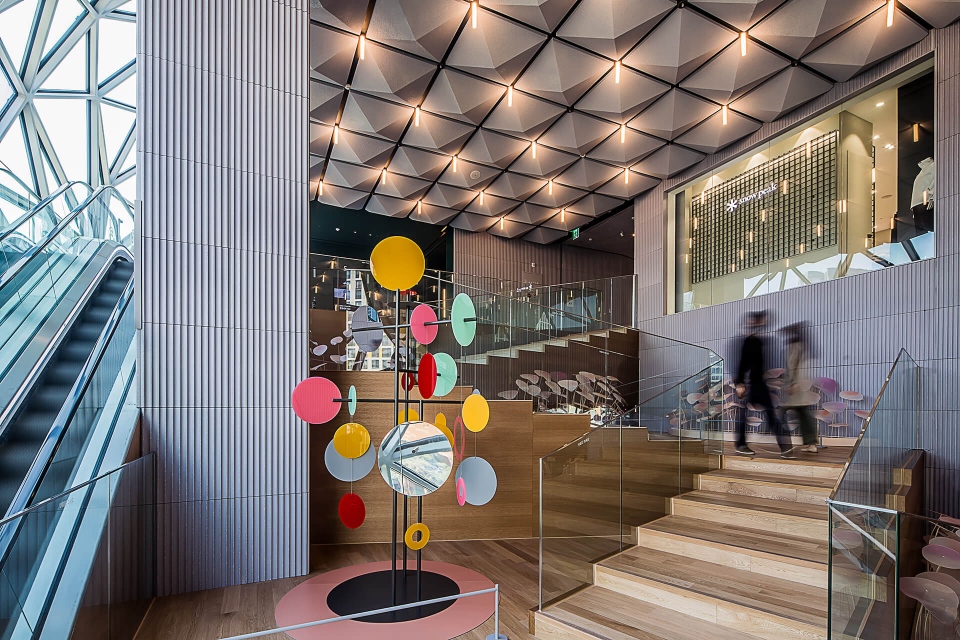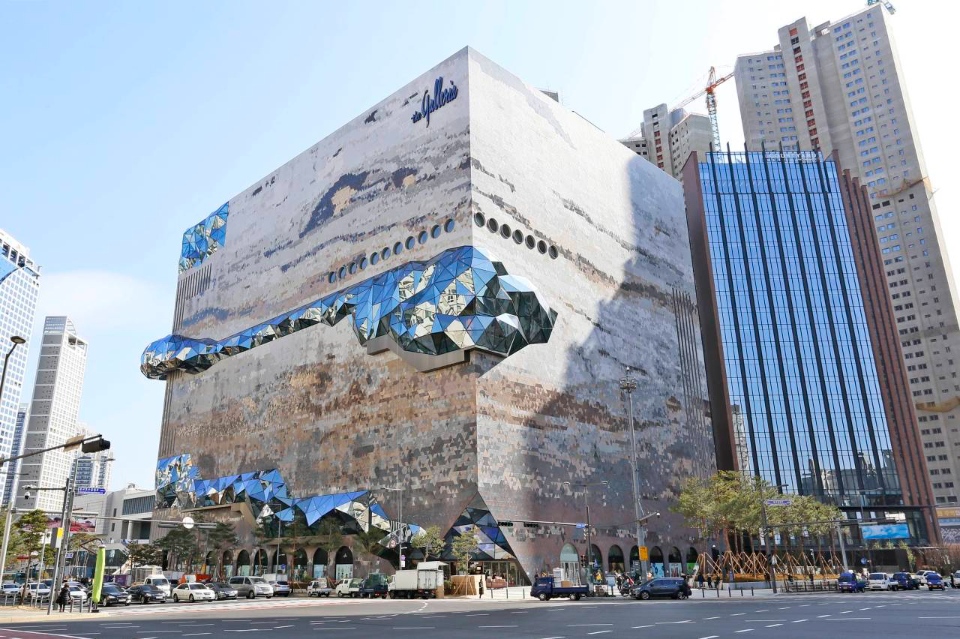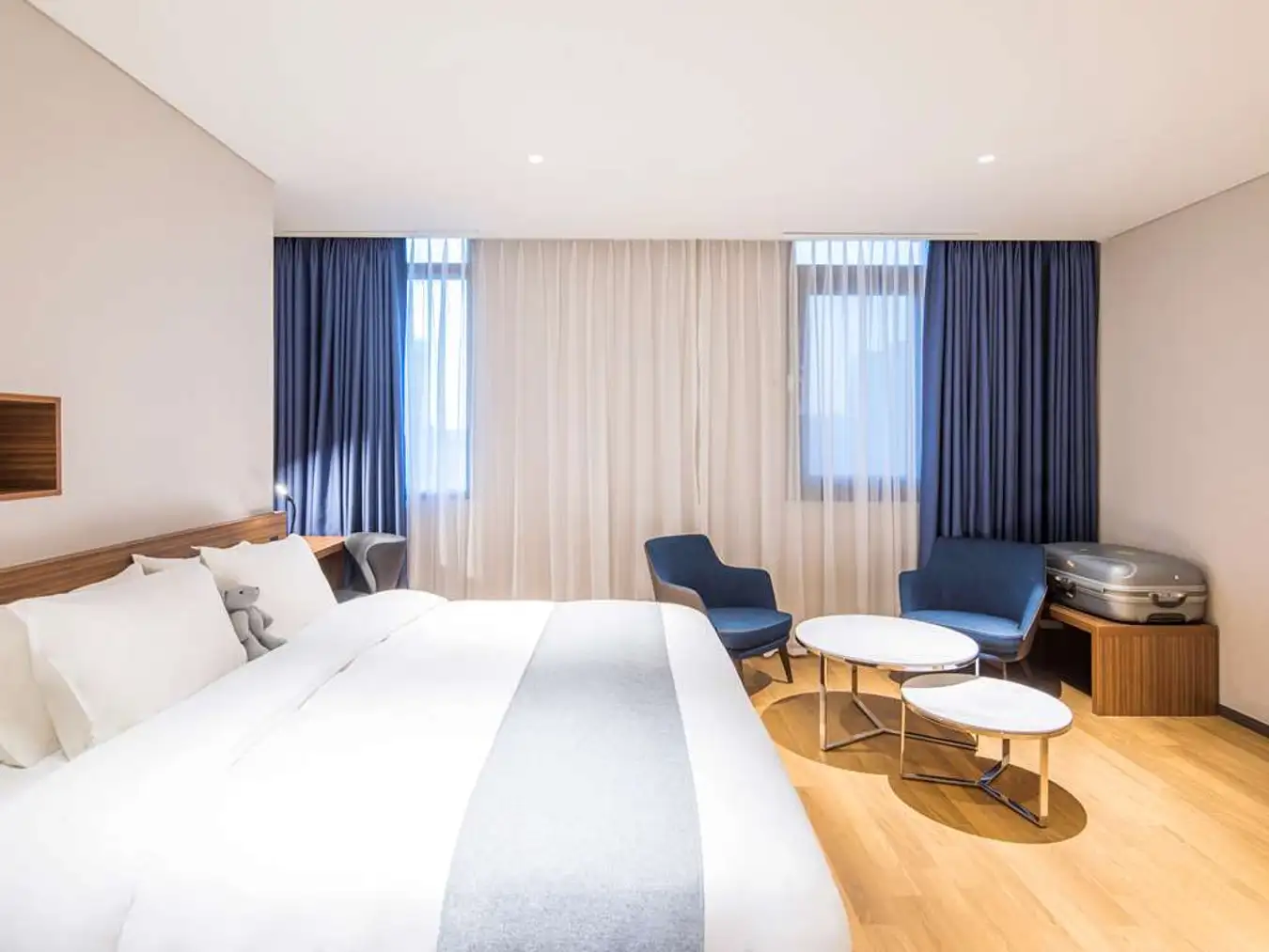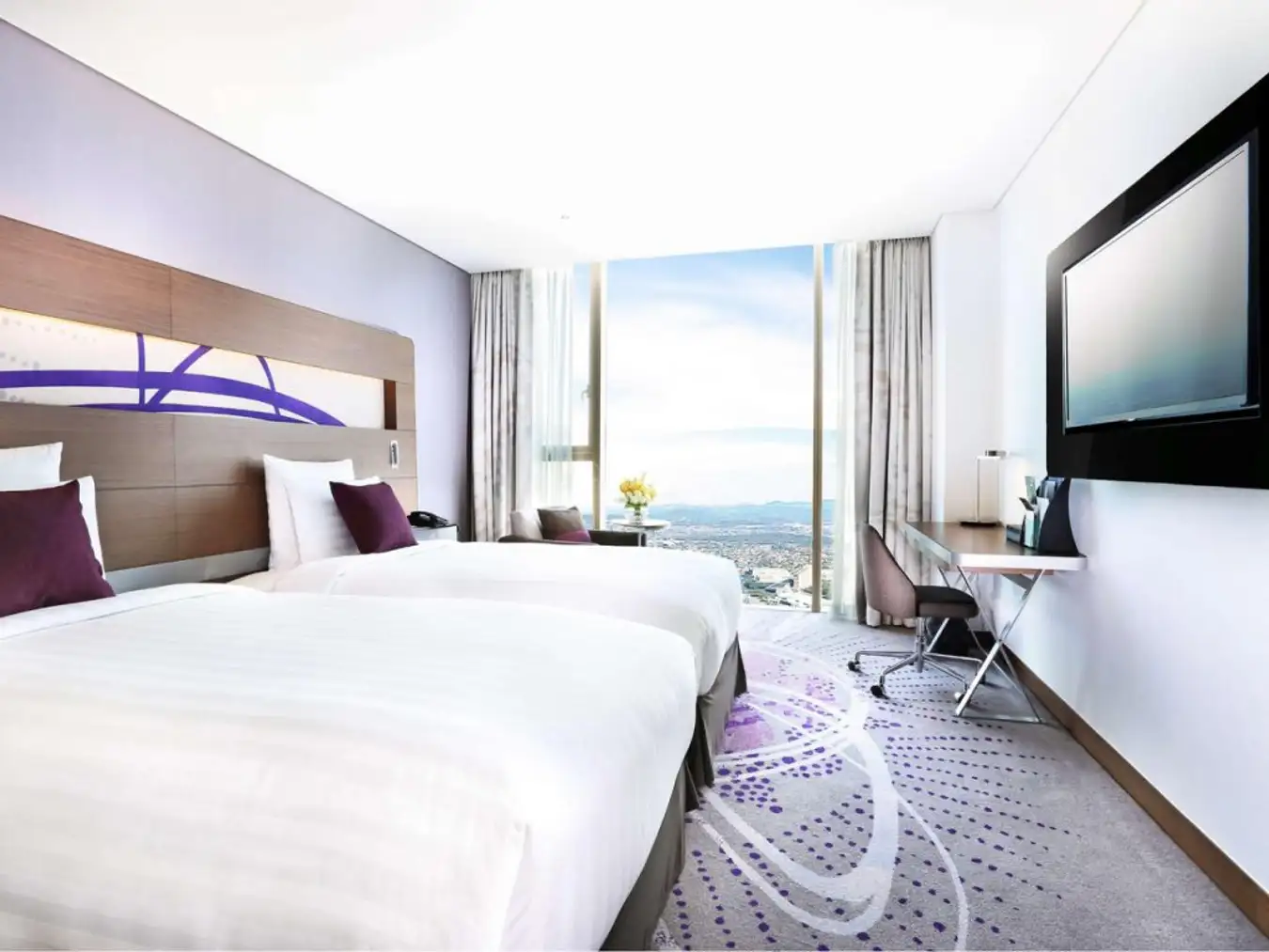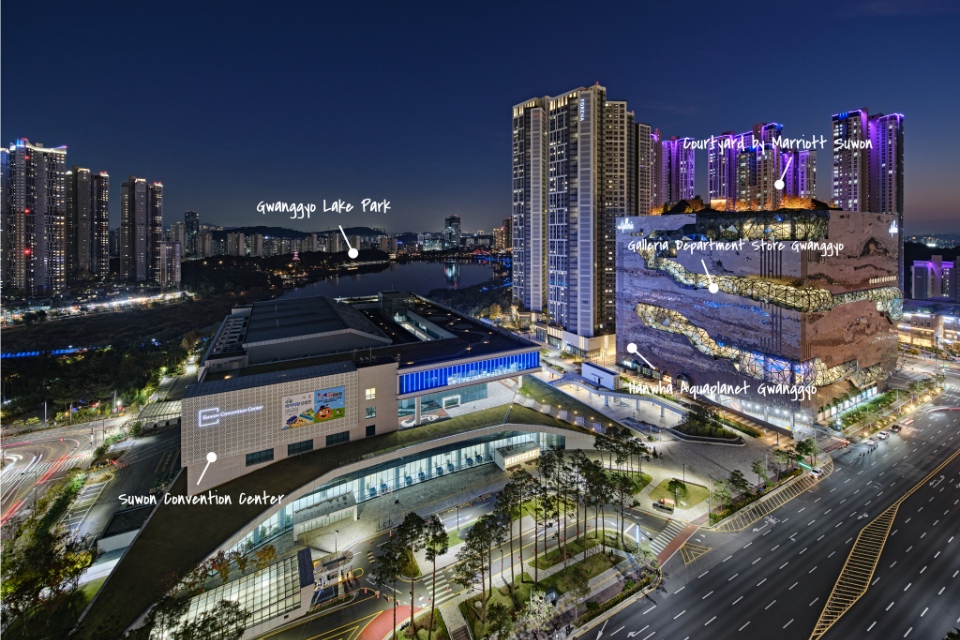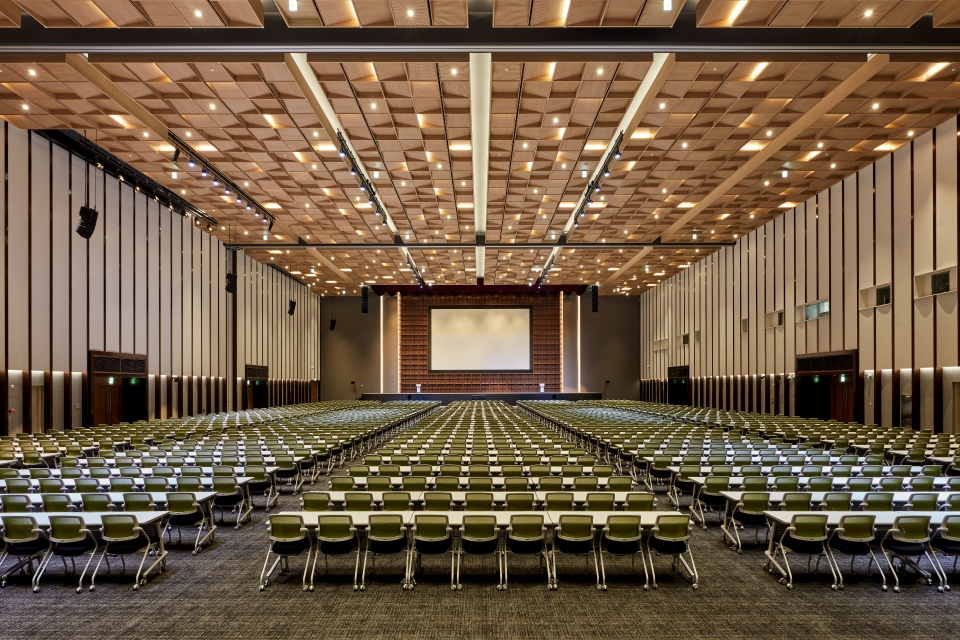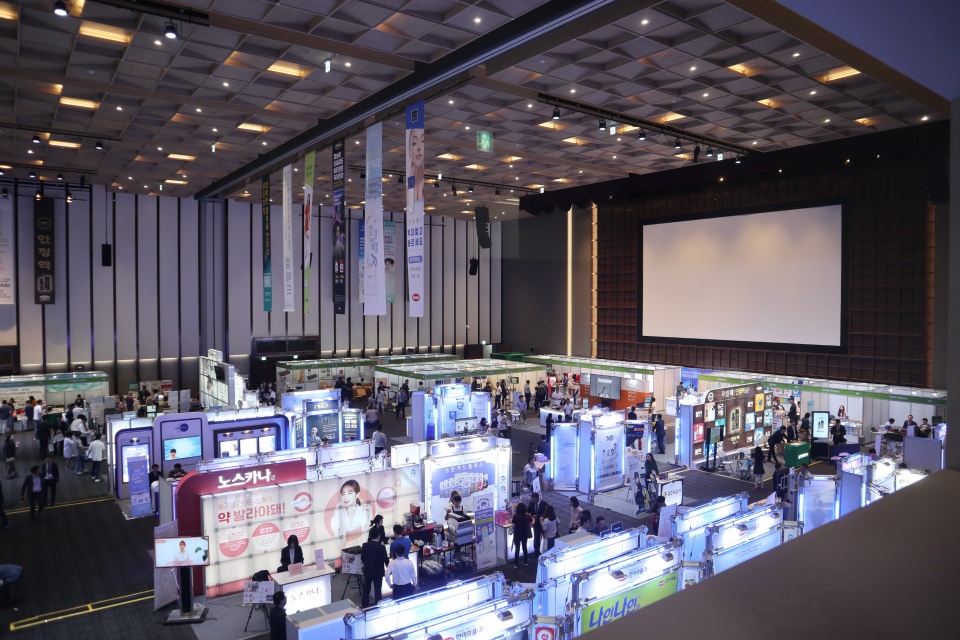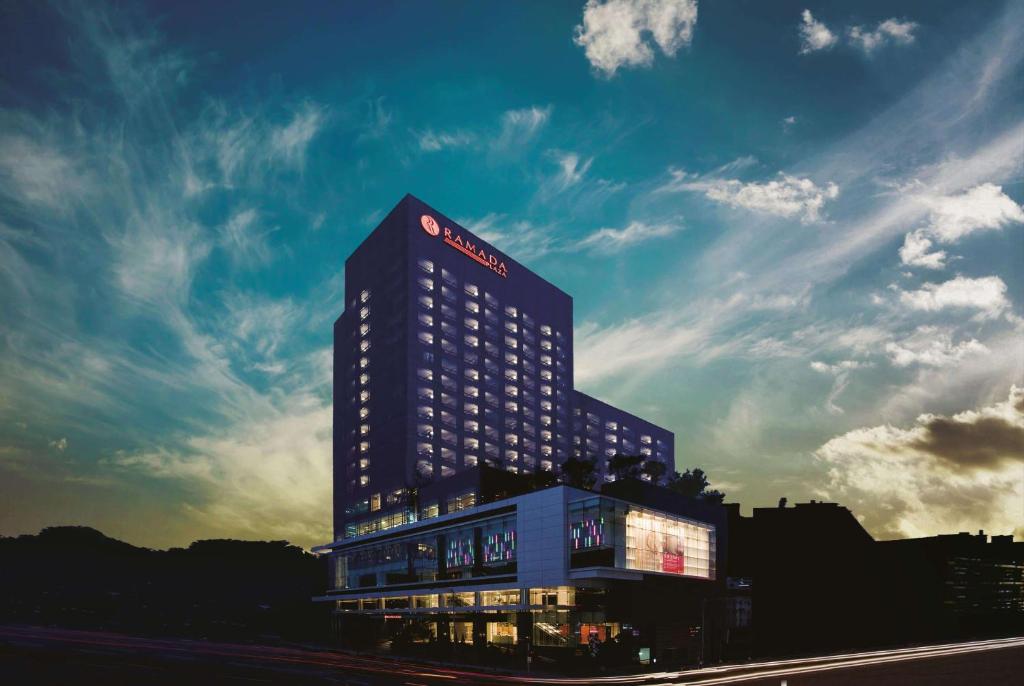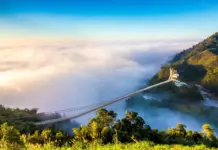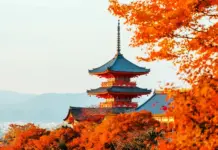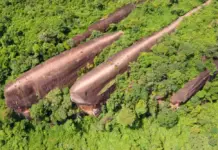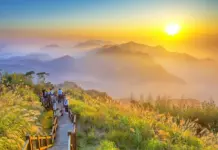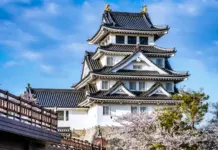With a long history and many unique cultural values, Suwon city is a prominent destination on the Korean tourist map. Located about 30km south of bustling capital of Seoul, Suwon has attracted lovers of history, culture and travel to explore. The city has a rustic beauty of ancient structures mixed with a very special bit of nostalgia. So, is Suwon worth visiting, how to visit Suwon, what to do in Suwon? Let’s check out our Suwon blog (Suwon travel blog) with the fullest Suwon travel guide from how to get to Suwon, best places to visit as well as top things to do in Suwon to help you maximize your trip as follows!
- Discover Namsangol Hanok village: Preserving the quintessence of Korean culture
- The FULLEST Jeollanam Do travel guide: How to get there, best time to visit, top things to do in Jeollanam Do & MORE
- The ULTIMATE Guide to Gangwon: How to get there, Top attractions & what to do in Gangwon
- 5 days in Korea itinerary: How to spend & what to do in Korea for 5 days perfectly?
- The ULTIMATE Dongdaemun guide: What to do, where to go & MORE

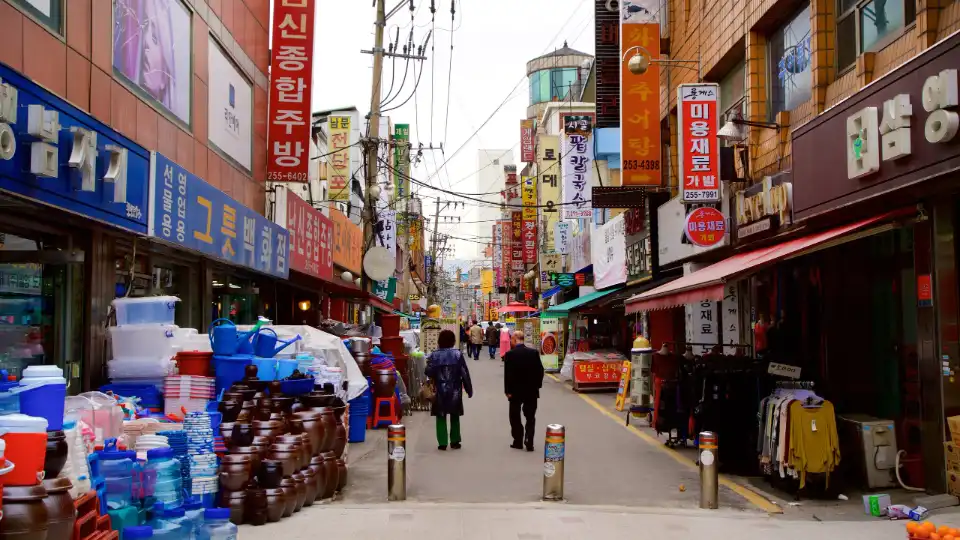
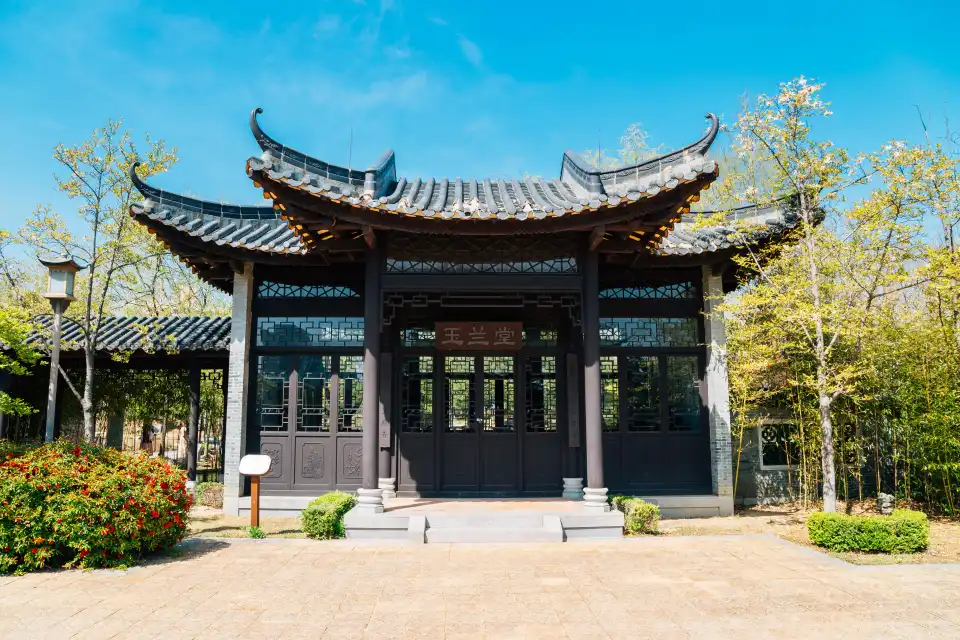
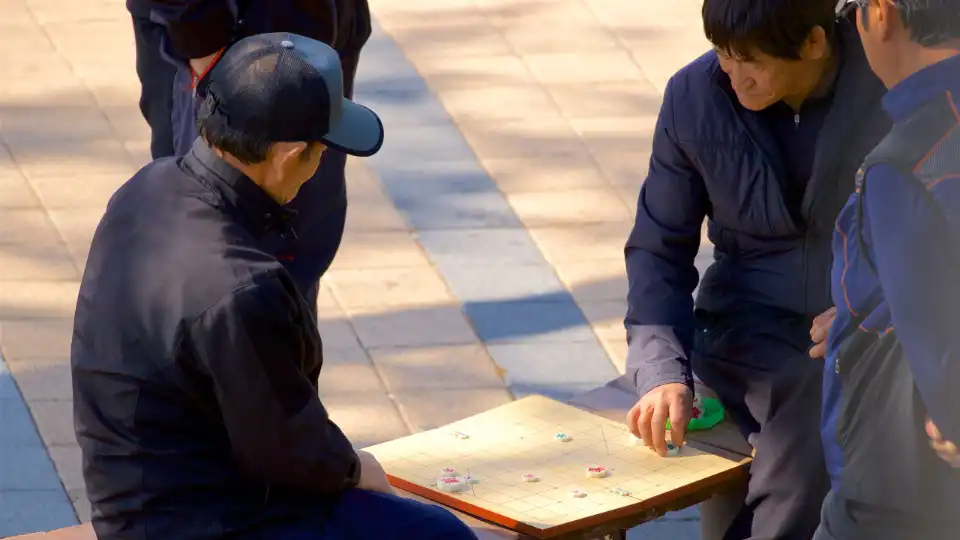
In this beautiful city, you can visit museums, historical sites and enjoy a unique culinary paradise. In this article, we will lead you on an exciting journey in Suwon – a place that connects the essence of the past and present.
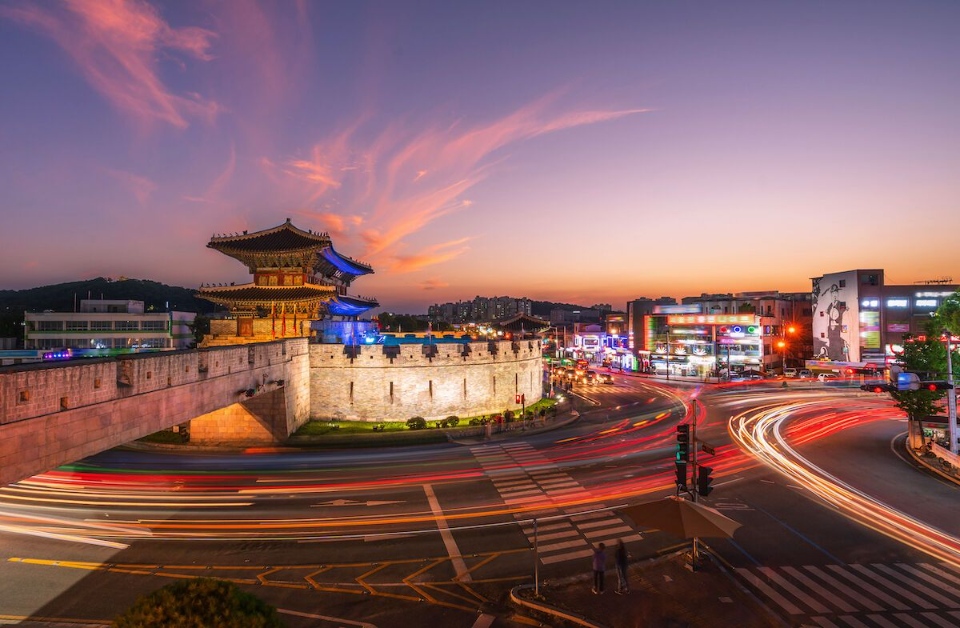
Overview of Suwon (# suwon blog)
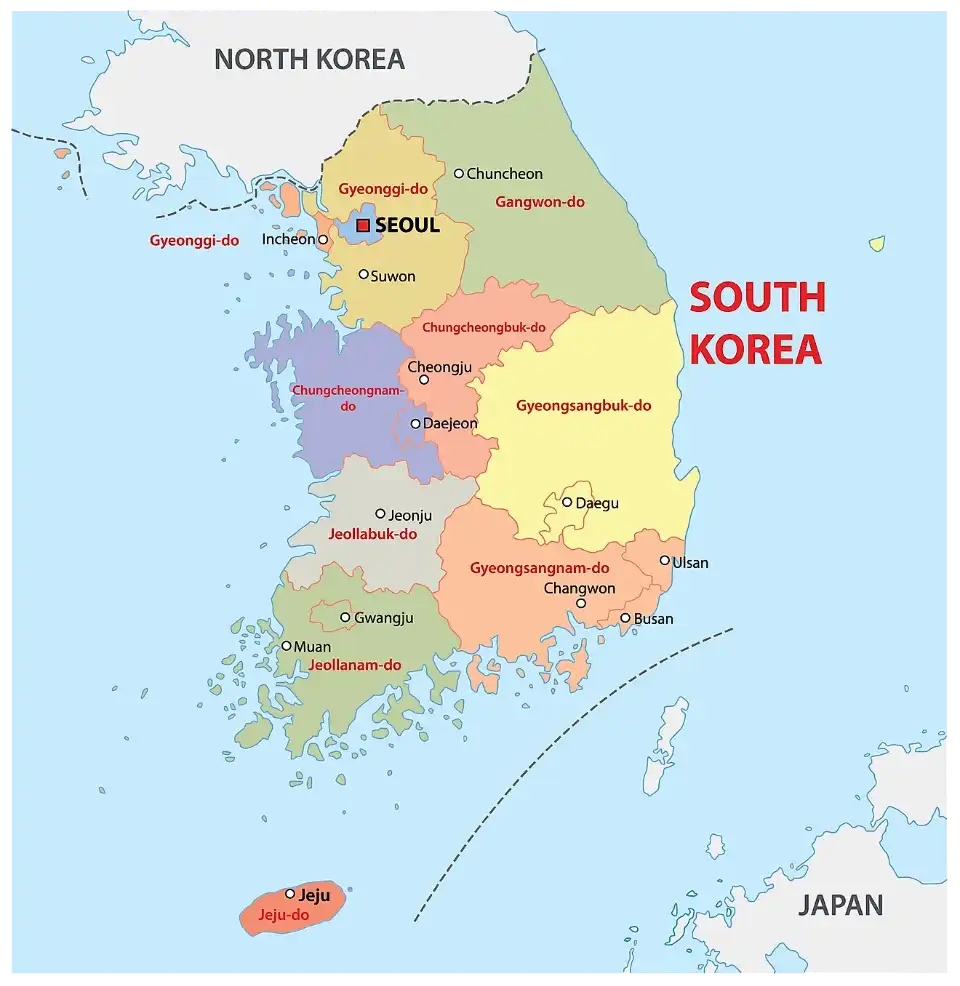
Suwon is the capital and largest city of Gyeonggi-do, South Korea’s most populous province surrounding Seoul. Suwon lies about 30 kilometers (19 miles) south of Seoul. Traditionally, it is called the “city of filial piety” with a population of nearly 1.2 million, it is larger than Ulsan, although it is not governed as a metropolitan city.
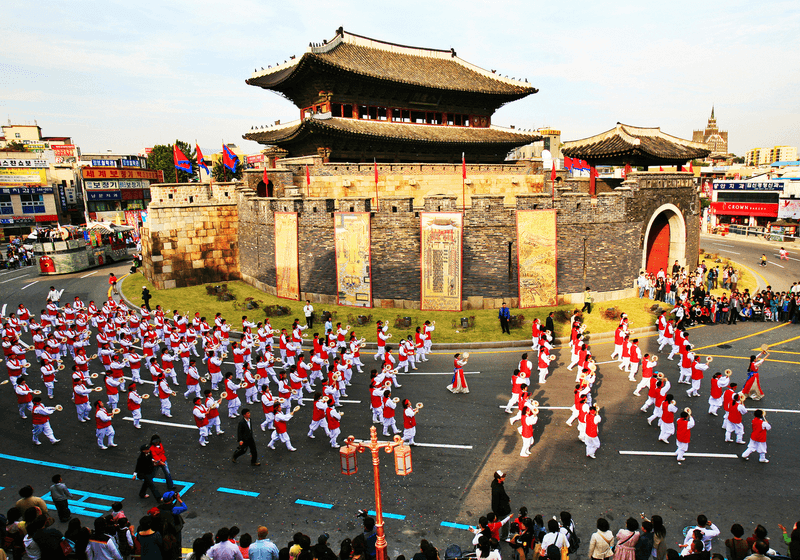
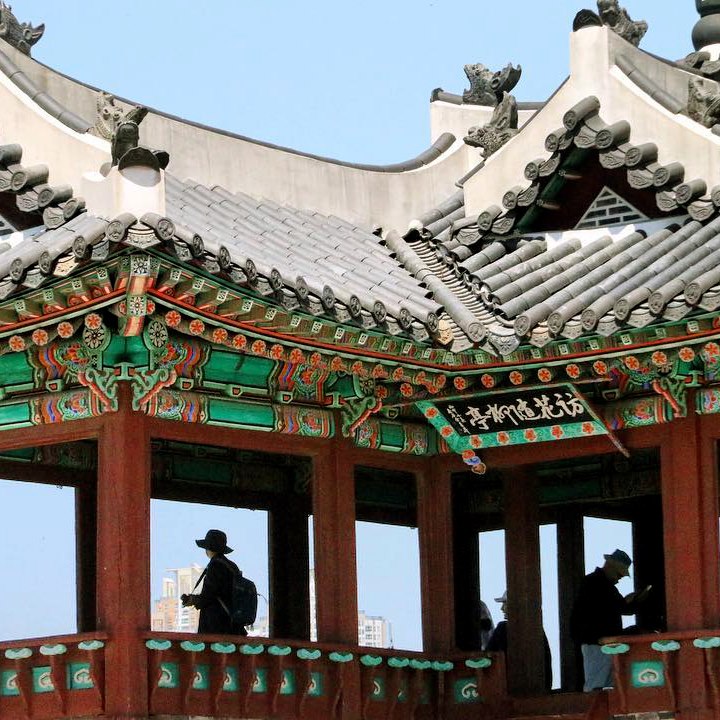
Suwon is the provincial capital and largest urban area of Gyeonggi, a province bordering the capital Seoul and has the largest population in Korea. Suwon attracts tourists because of its unique and distinctive beauty. Coming here, you will be immersed in a lively and enchanting picture. From small houses to architectural works, from wilderness to urban areas, from quiet places to busy places,… all will give you unforgettable discovery experiences. The scenery and people here will definitely capture the hearts of those who stop by!
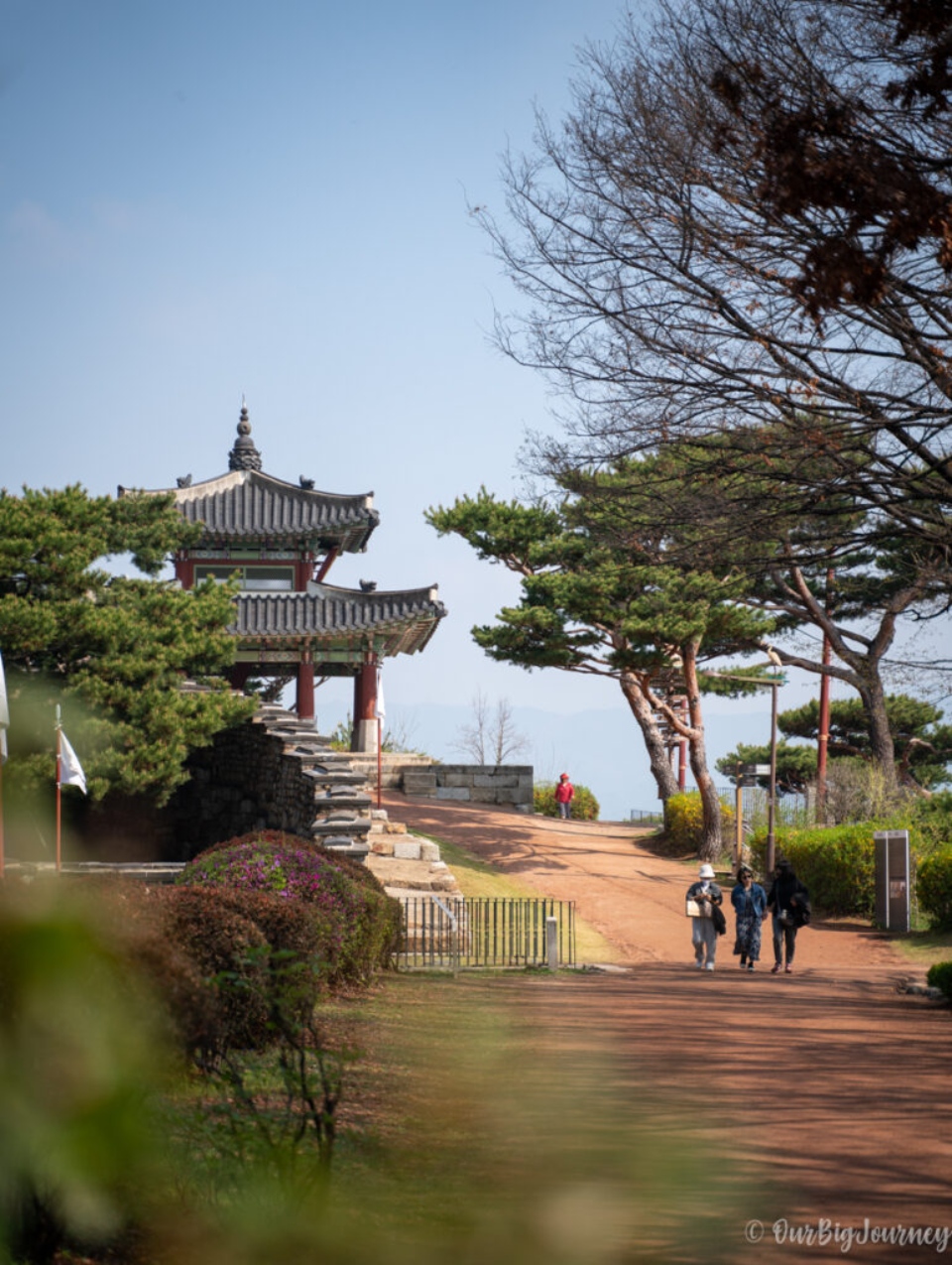
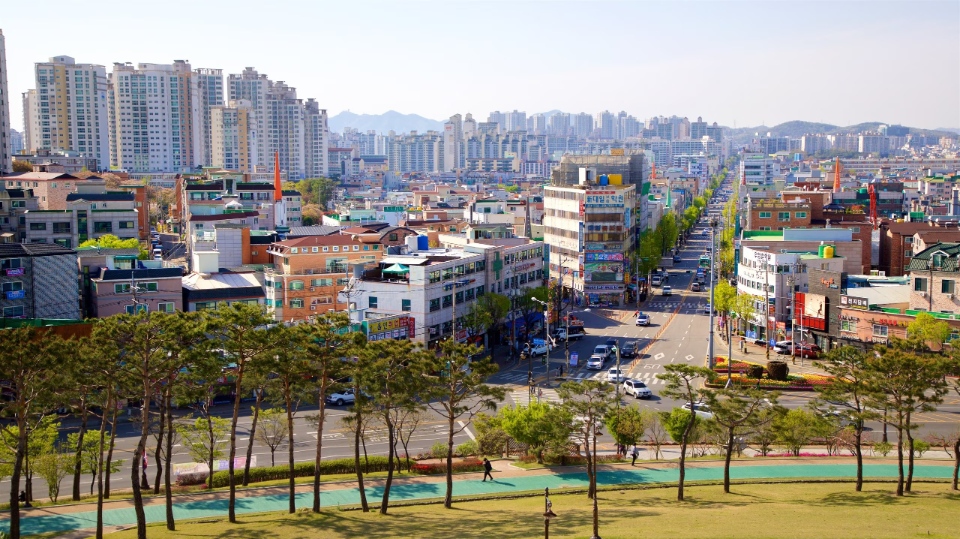
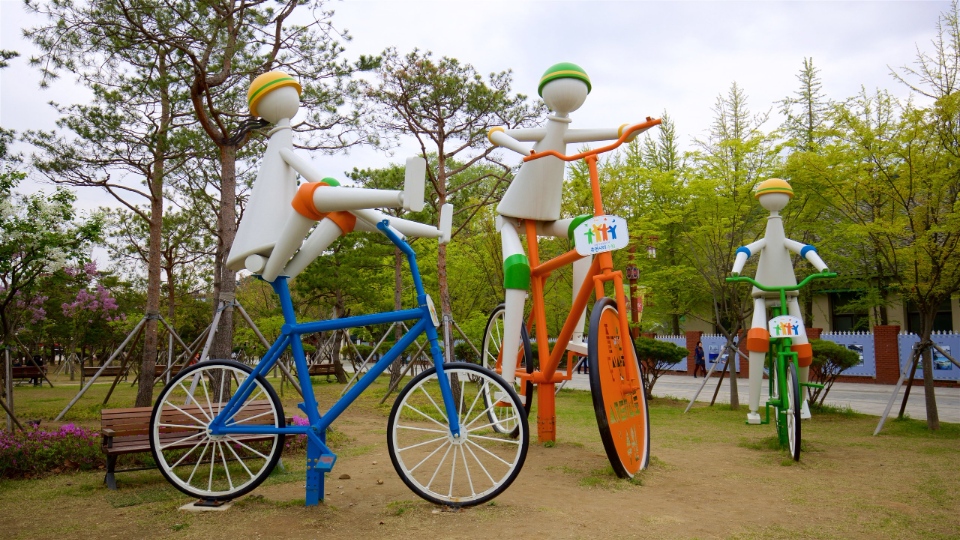
History
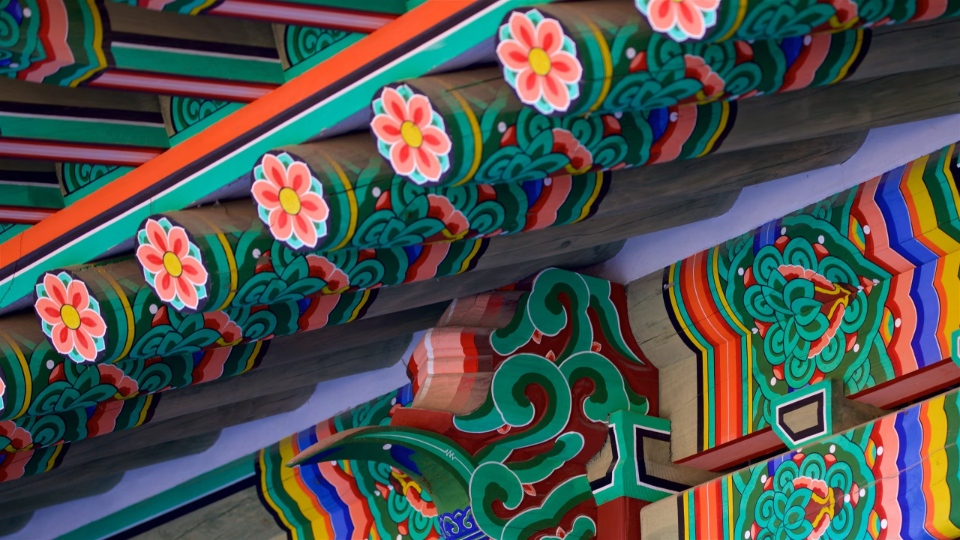
When talking about Suwon, it is impossible not to mention its extremely special formation. Legend has it that in 1762, King Yongio suspected his son Prince Sado of treason and had him executed, but fortunately, Prince Sado’s wife and his son Jeongjo were able to escape. In 1776, when King Yongio died with no one to succeed him, Jeongjo was brought in as king.
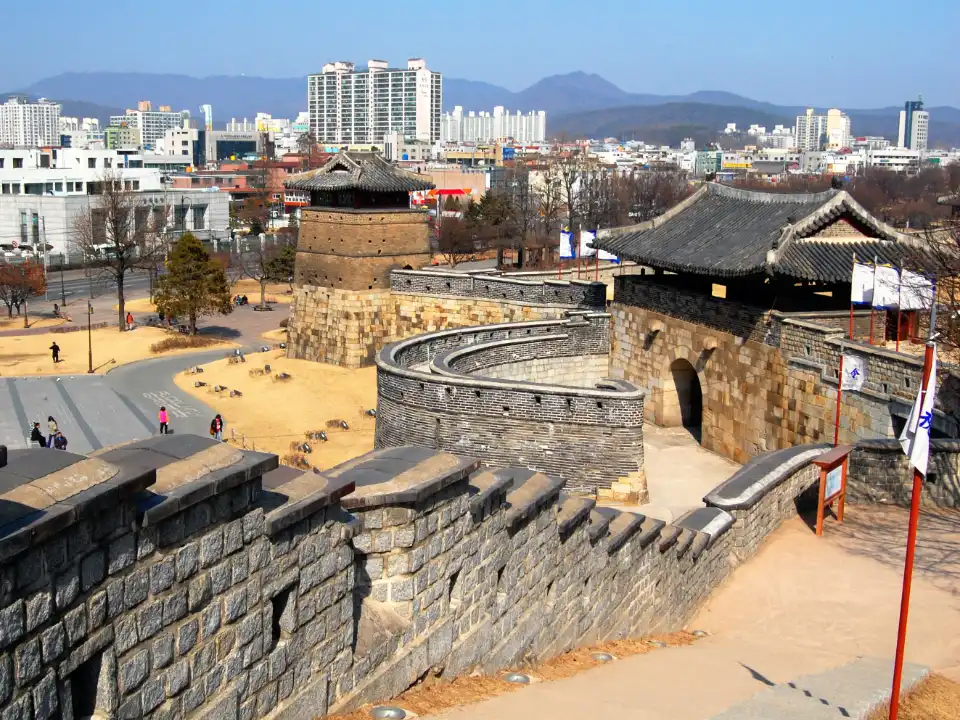
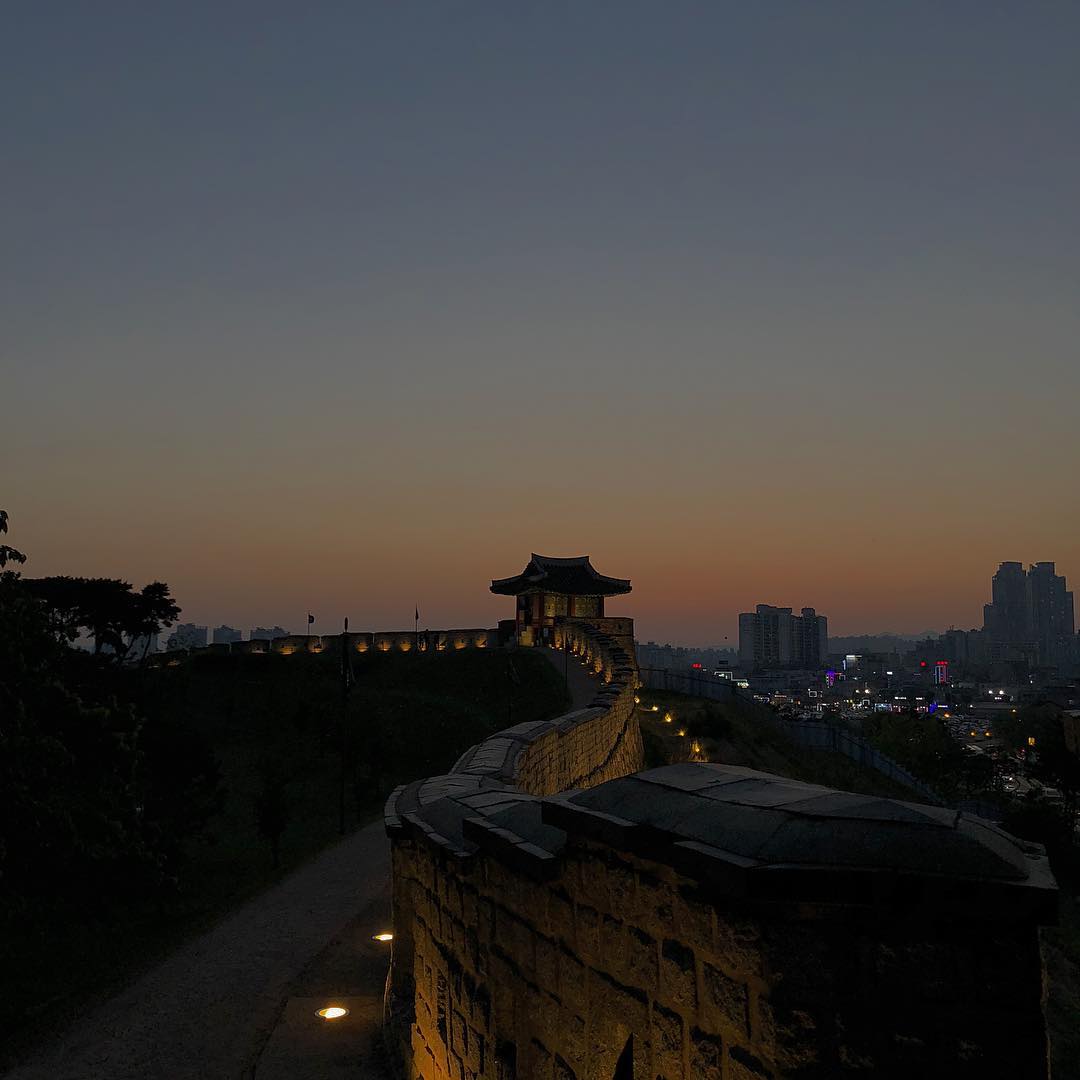
After consolidating the court, King Jeongjo intended to move the capital to Suwon, where his father’s grave was located, so he mobilized 700,000 stone bearers from all over to build a fortress with a 5.5km circumference with 48 large buildings, overlooking beautiful mountain and river scenery, are also Suwon today. But unfortunately, King Jeongjo passed away early before moving the capital as planned. Subsequent kings still based their capital in Seoul, and Suwon became a place to worship King Chongio’s father every year.
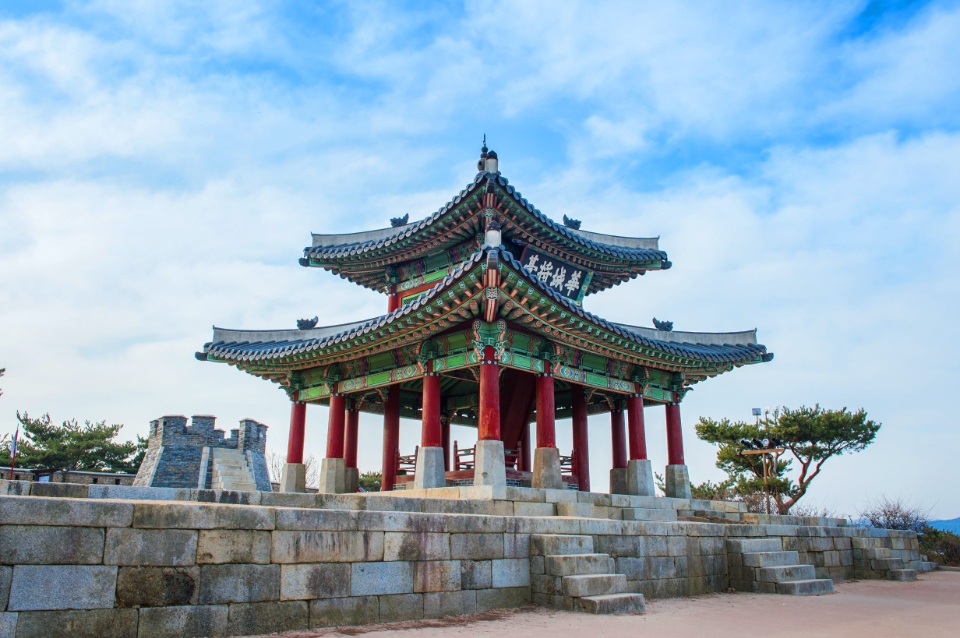
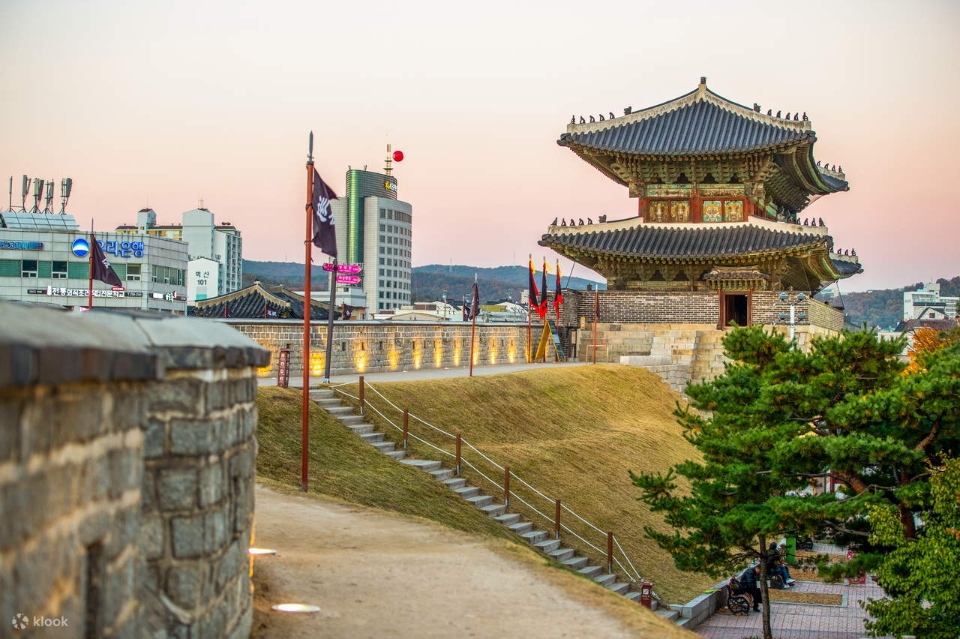
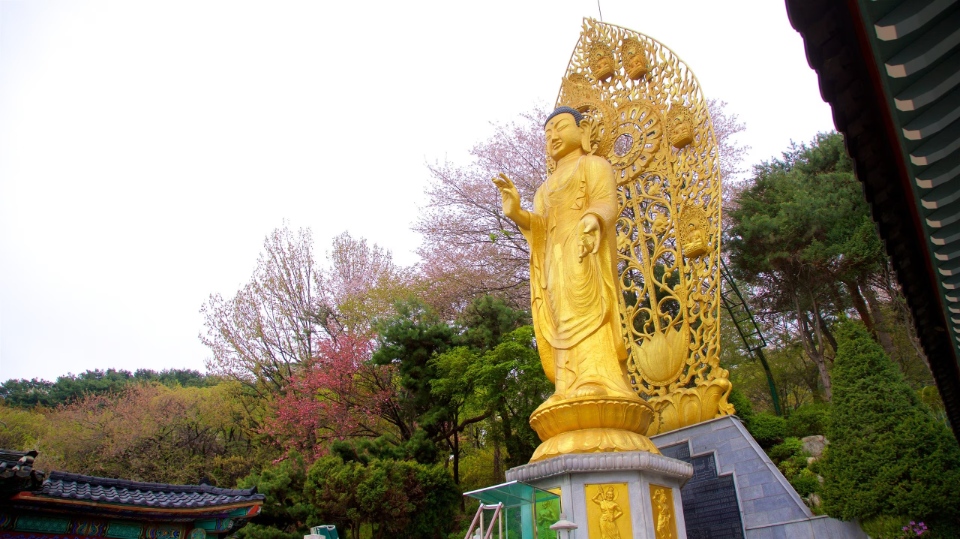
With the opening of a new convention center, hotel and luxury department store, Suwon is quickly emerging as South Korea’s newest MICE tourism destination. The location of Suwon city is right next to Seoul, very suitable for tourists who want to stay away from the noise and crowds of big cities, but still easily make day trips to Seoul.

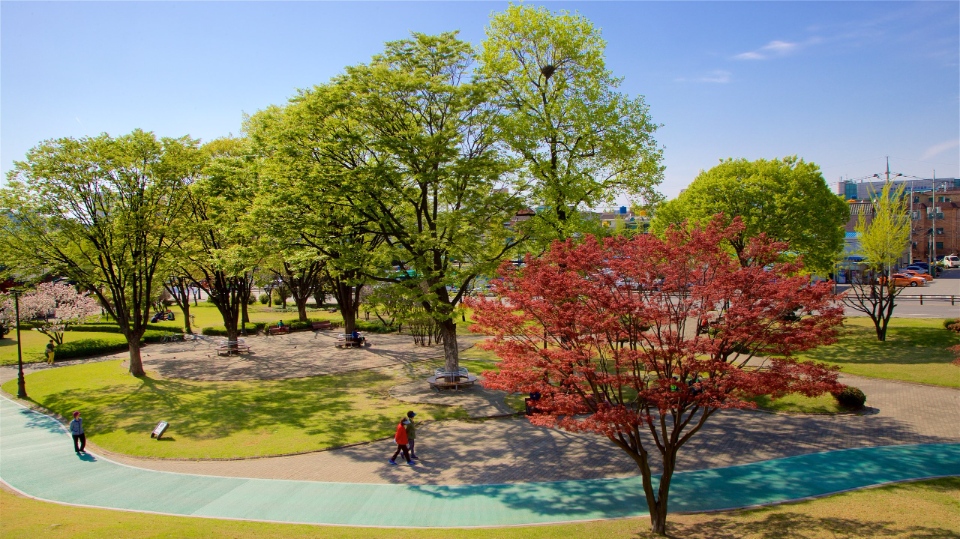
Suwon offers experiences that blend modern and old, nature and city. The stone walls of the ancient fortress run through the city center, mixed with modern high-rise buildings surrounded by the greenery of the lakes and parks. You can both experience exploring unique traditional markets and shopping at busy shopping malls in the same day. So whether you’re looking for something new, or simply want to escape the hustle and bustle of the city, make sure you add Suwon to your list of destinations.
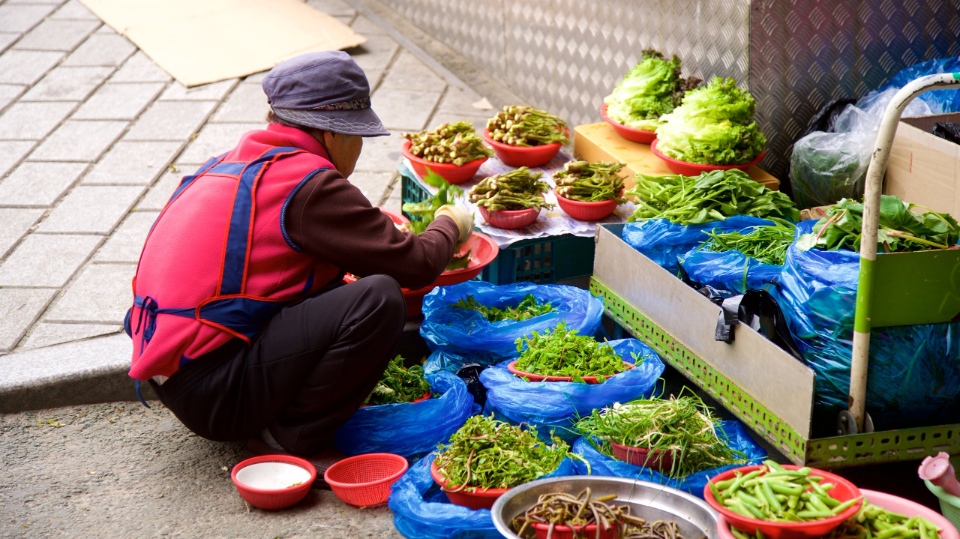
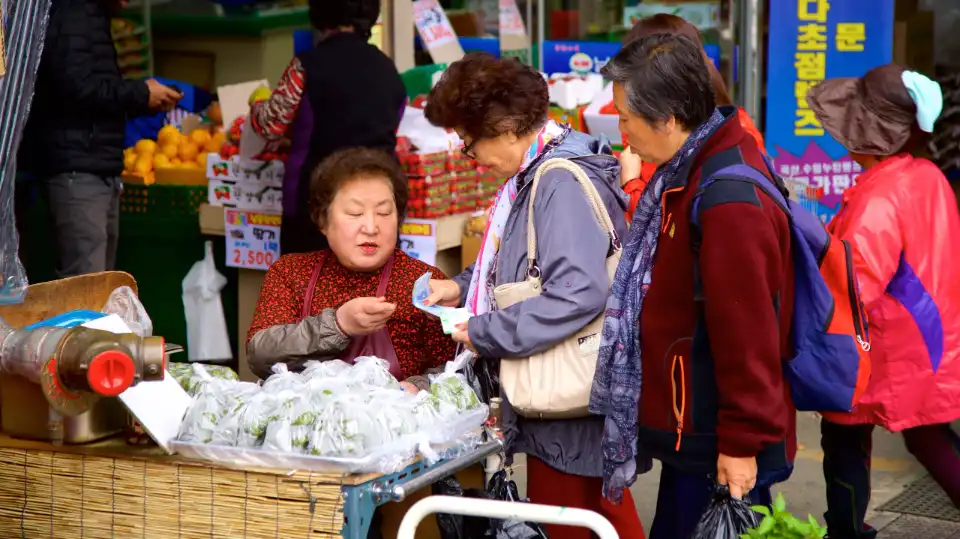
When to visit? (# suwon travel blog)
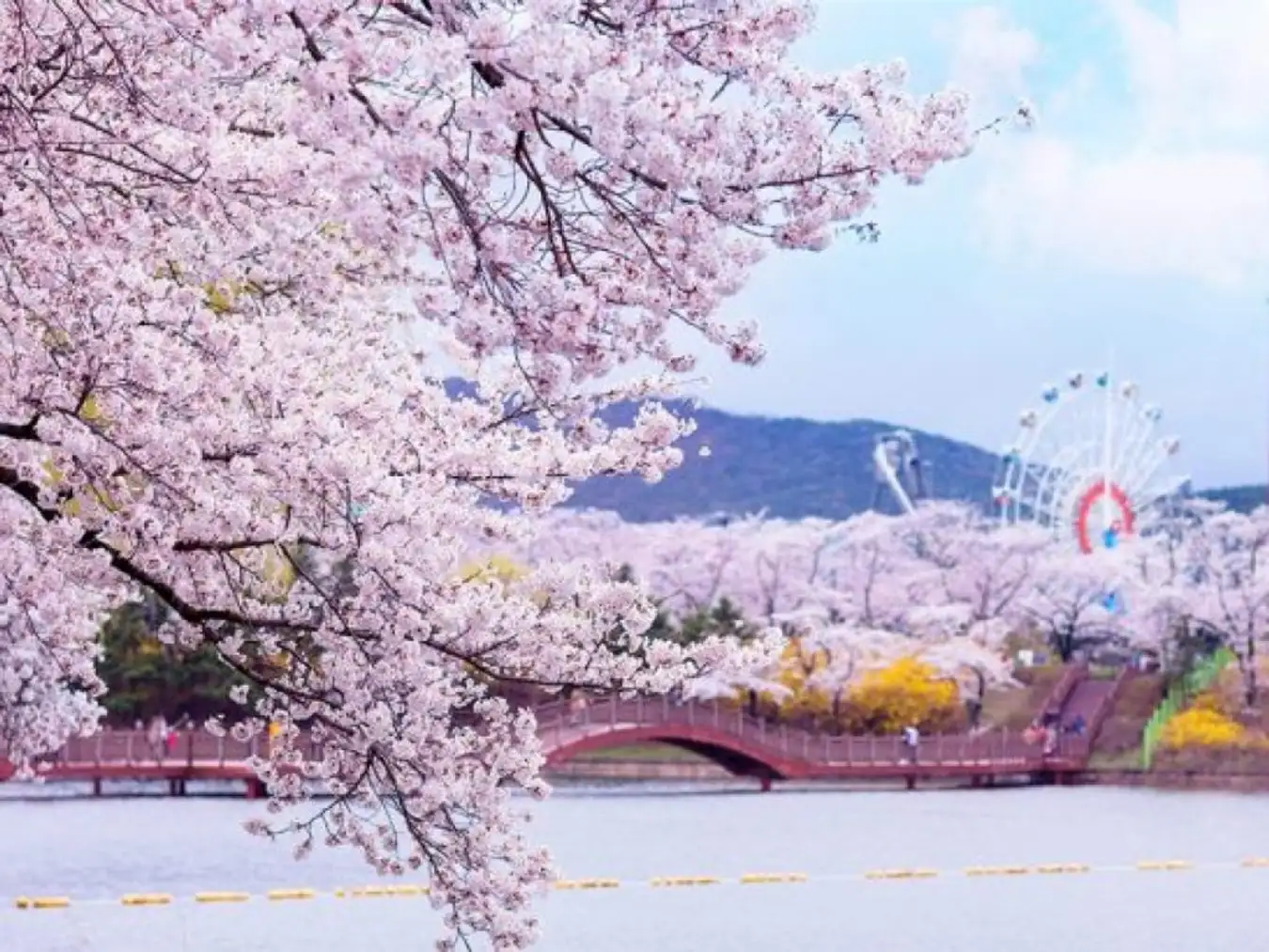
The best time to visit Suwon is from March to May. At this time, the weather is very pleasant, neither too hot nor too cold. The natural scenery at this time is also full of life with cherry blossoms. In addition, you can also travel to Suwon city in the fall (September – November) to see the red leaf season in Korea.
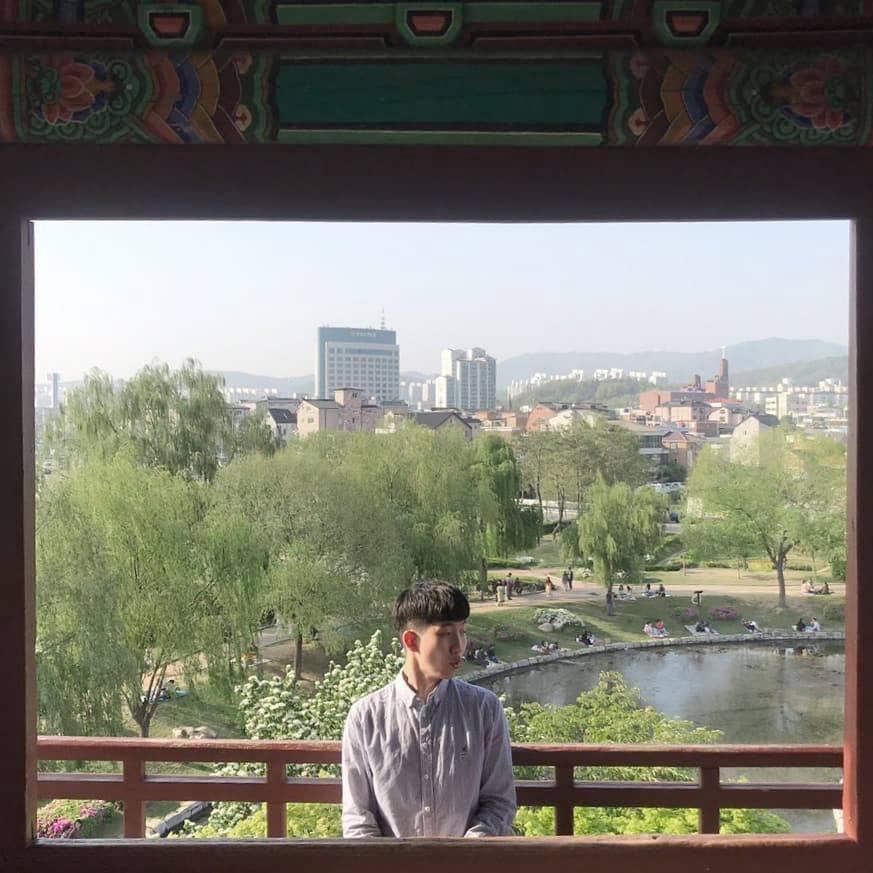
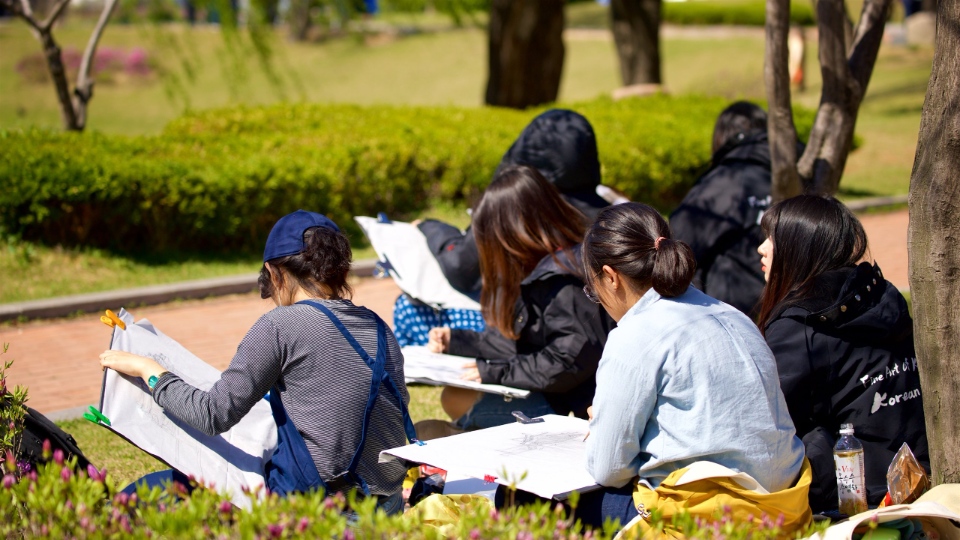
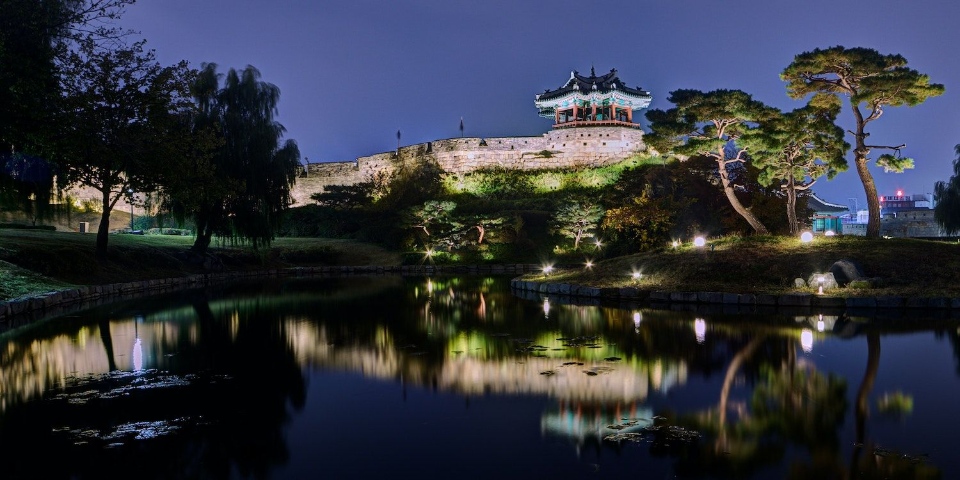
How to get to Suwon? (# suwon travel guide)
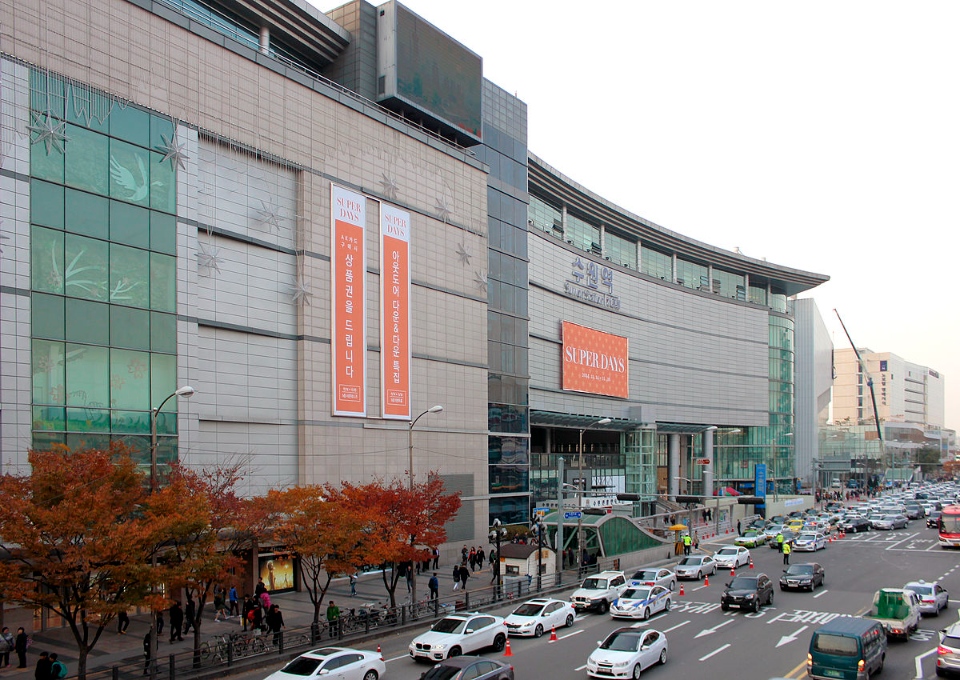
From Vietnam, book a flight to Korea to arrive in the capital Seoul quickly and most conveniently. Suwon is only about 30km from Seoul so it only takes about 45 minutes to travel here by train or 1.5 hours by bus. Specifically, you can take the express bus from Seoul Nambu Bus Terminal or take the subway from Seoul station to Suwon station. A one-way bus ticket costs around 3000 won.
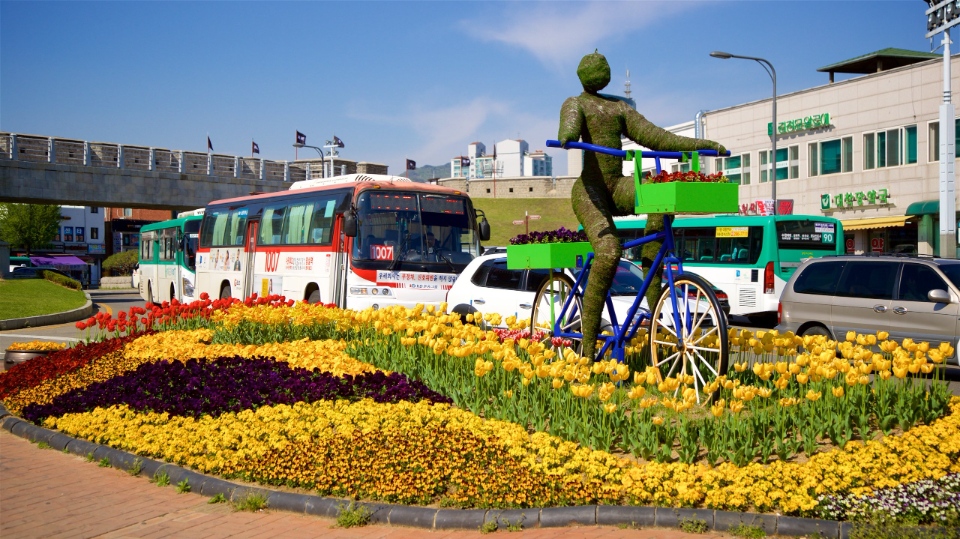
What to do and where to go in Suwon
Suwon Hwaseong Fortress (# suwon blog)
Hwaseong Fortress is a famous cultural and tourist symbol of Suwon city. Built in 1796, it is not only a historical architectural work but also an inspiration for many Korean dramas.
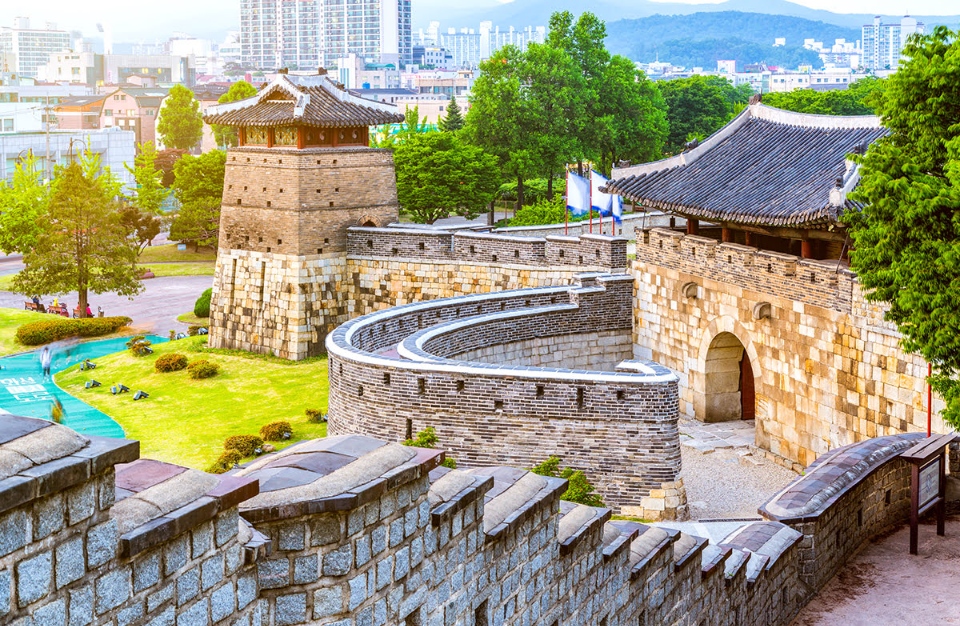
A trip to Suwon will not be considered complete if you do not visit Suwon Hwaseong Fortress – a World Cultural Heritage recognized by UNESCO. Built during the Joseon Dynasty of King Jeongjo, the fortress was a symbol of filial piety to the king’s father, and a pioneer in building the new city. The fortress is 5.5 km long and remains intact to this day, creating a unique beauty in the modern city of Suwon.
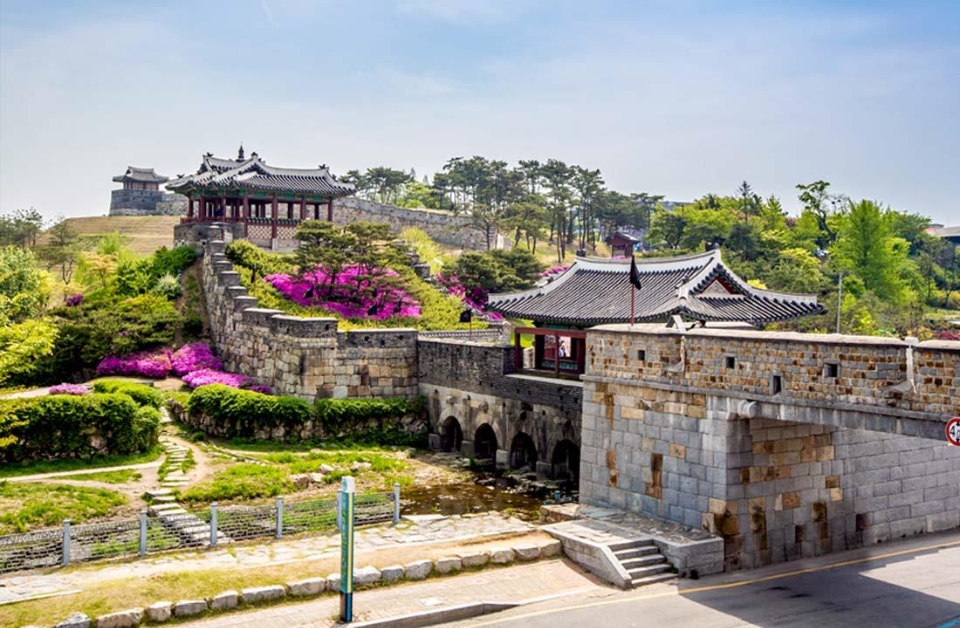
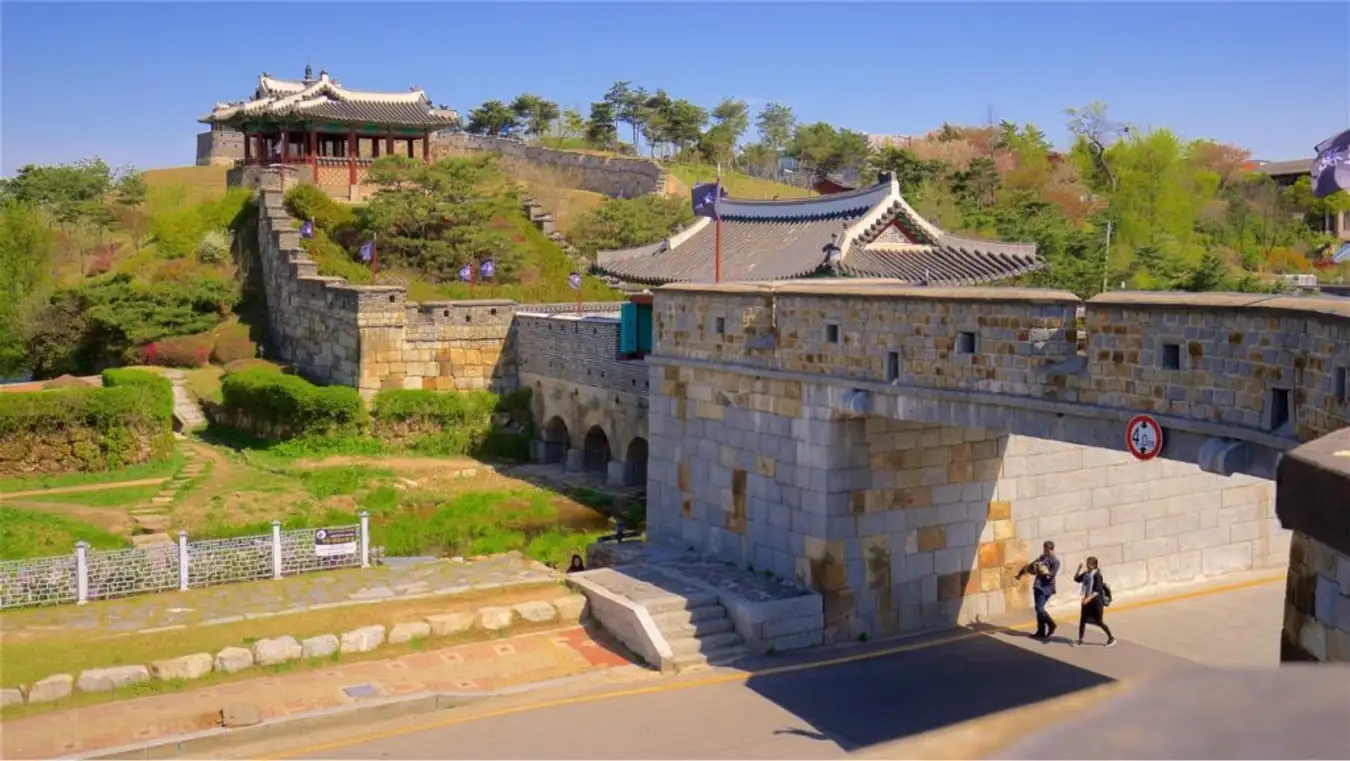
There are many things to explore around the fortress area, such as Hwaseong Haenggung Palace, as well as many traditional markets with many delectable specialties. And one of the great ways to explore in the most ideal way is to walk along the Suwon Palsaek-gil trail, it will only take you 2 hours to walk around the fortress. In addition, to save time, you can also choose the trolley service, which is modeled after the royal palanquin of the Joseon Dynasty kings with a route around the fortress.
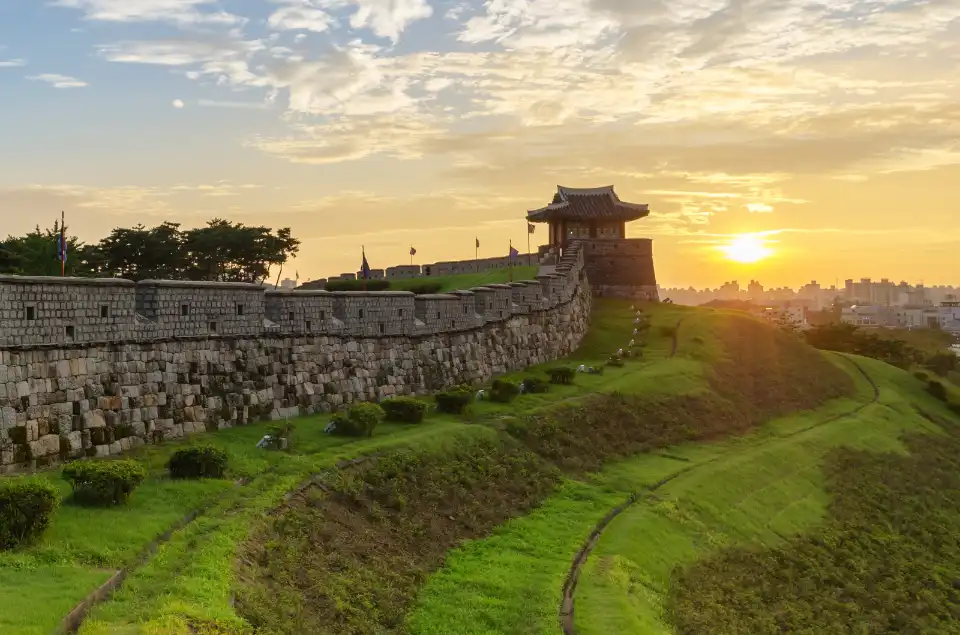
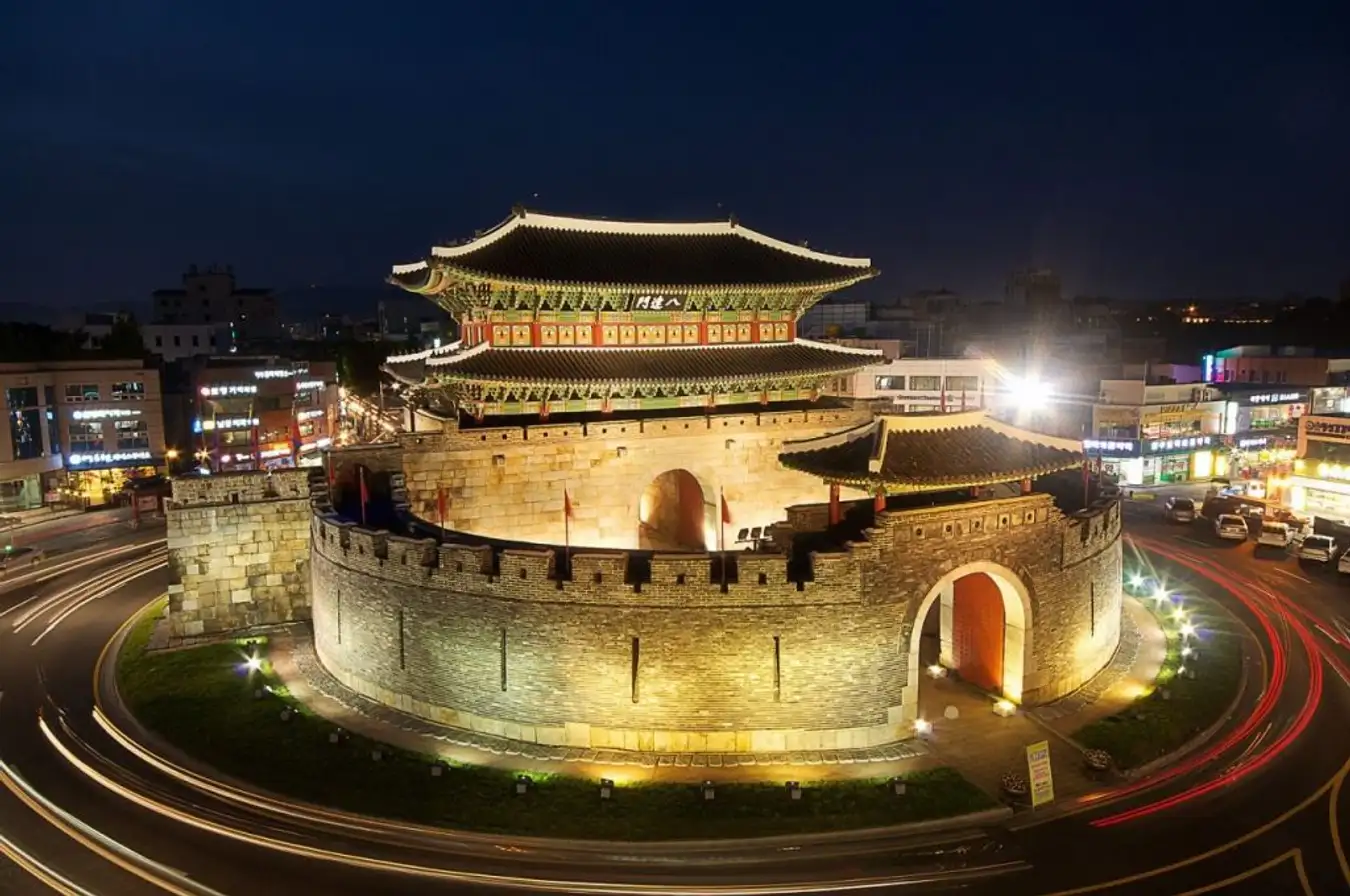
This work was built by King Jeongjo to commemorate his father and mark the event of moving the capital to Suwon. The fortress walls stretch up to 5.74 km and partially enclose the city.
It was built to protect the tomb of King Jeongjo’s father and is a masterpiece of military defense with an architectural style that harmoniously combines modernity and antiquity. The total length of the citadel is up to 5.74km, width 4-6m, the wall is built entirely of stone and brick.
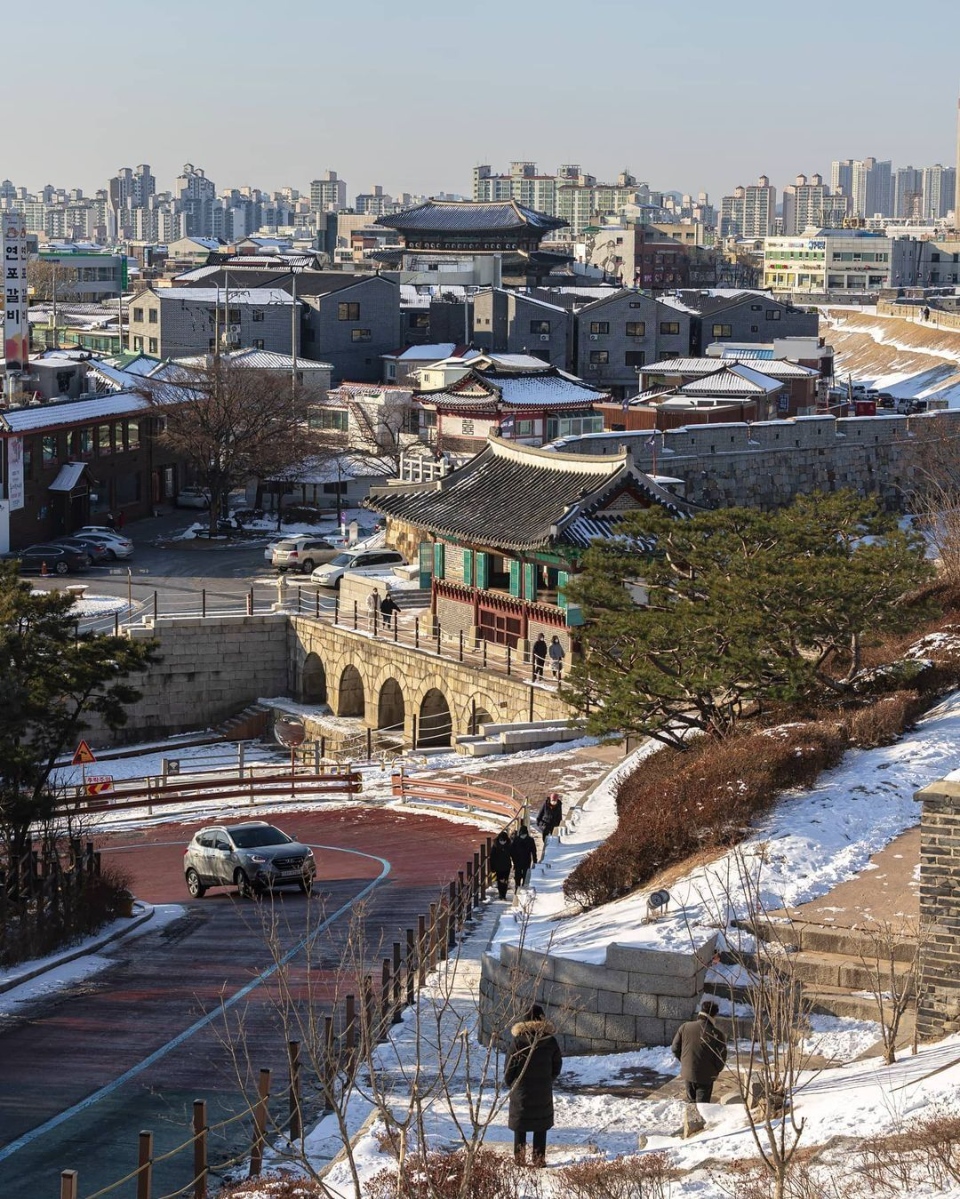
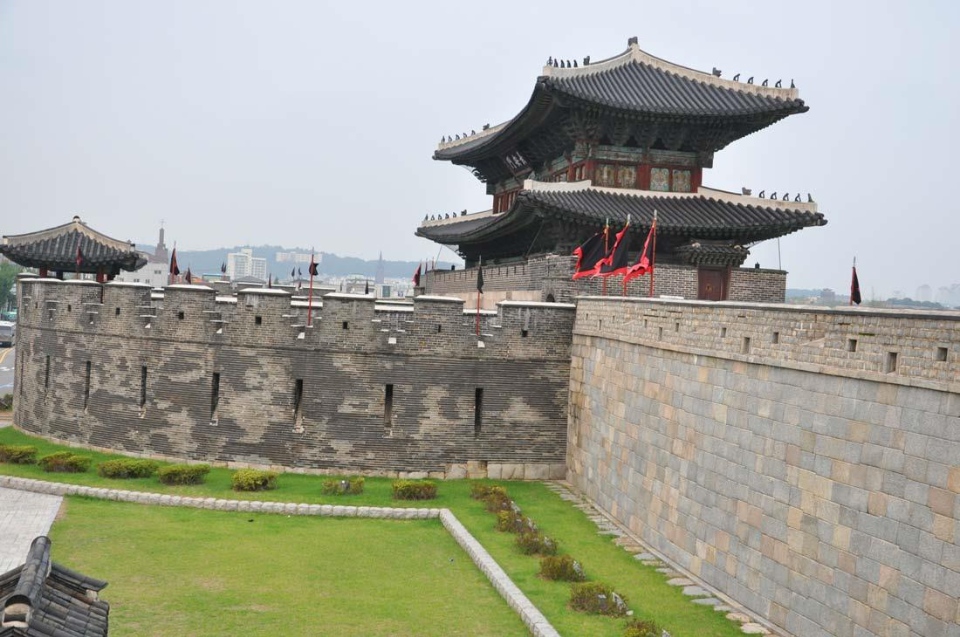
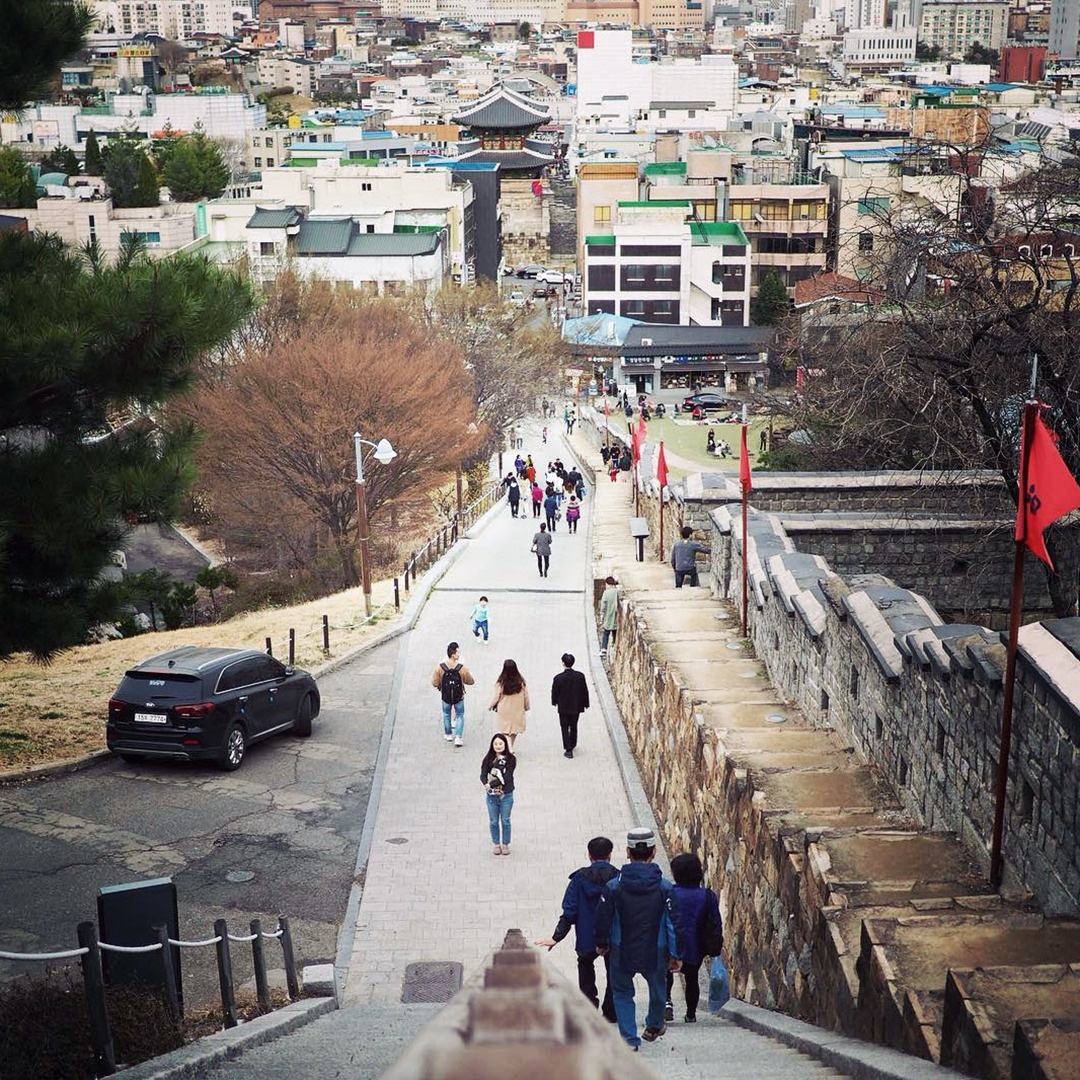
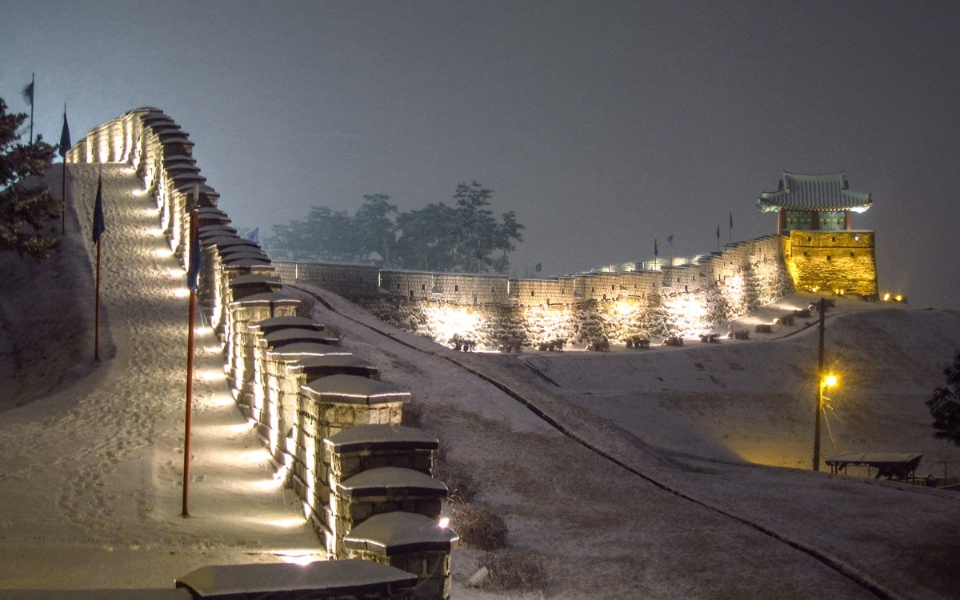
The entire architecture is extremely massive, including 48 large and small works, 4 large gates and 1 water gate along with other works such as watchtowers, command towers, etc. Through many ups and downs of time, the building is still preserved almost intact and has become a symbol of the city.
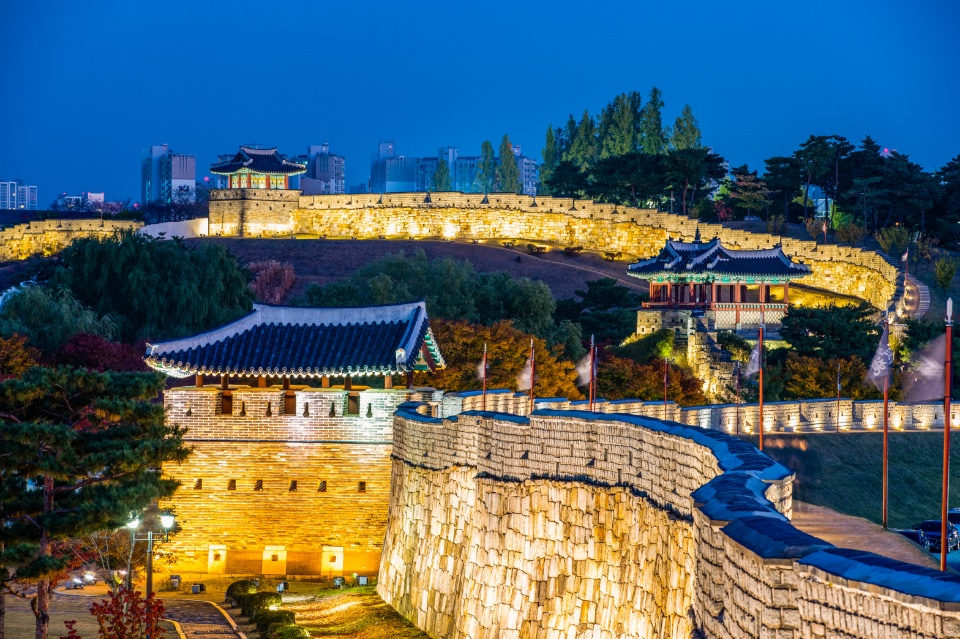
Here, you can try the Flying Suwon experience to have the opportunity to sit on a hot air balloon and see the panoramic view of the city from above. Then, visit Hwaseong Haenggung Palace, located within the grounds of the fortress. Surely you will be overwhelmed by the splendor and exquisitely carved details of this project.
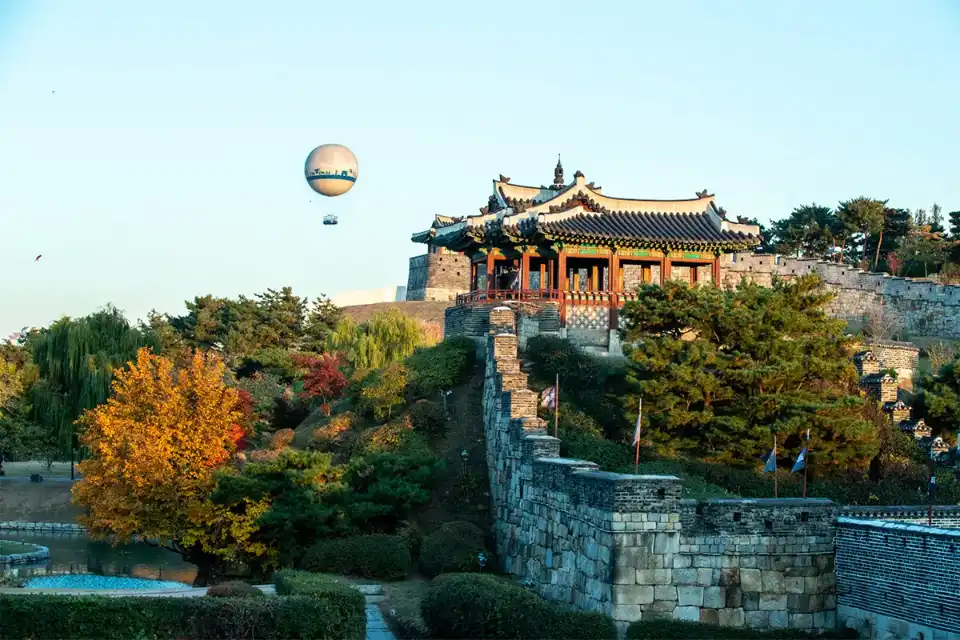
Hwaseong Haenggung (# suwon travel guide)
Haenggung Palace was built in 1789, at the same time as Hwaseong Fortress, located in the eastern foothills of Paldalsan and was once the residence of King Jeongjo when he came to visit his father’s grave.
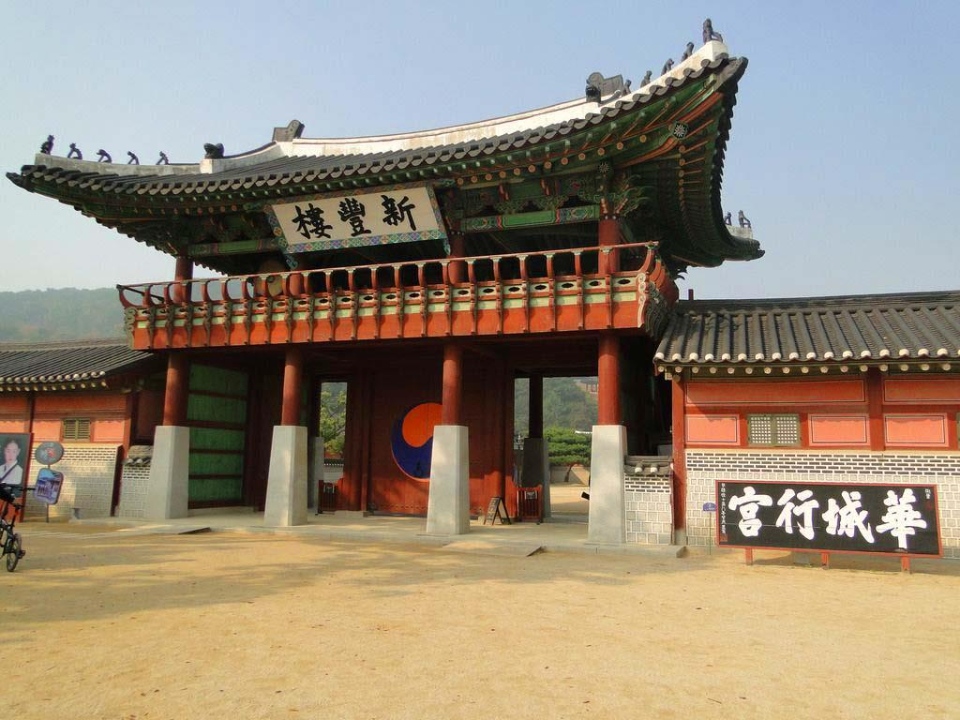
The project is built in a rectangular shape with 22 buildings and 600 rooms. On weekdays, Haenggung Palace is used as the main operational headquarters of Suwon region mandarins where organize royal longevity ceremonies, banquets for elders and national exams, nearby is Hwaryeongjeon Temple, built in 1801, which houses a precious portrait of King Jeongjo.
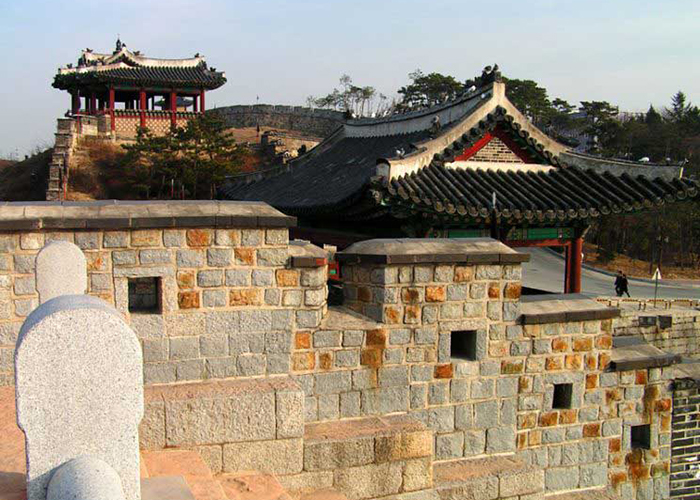
Paldalmun Gate
Paldalmun Gate, also known as the South gate of Hwaseong Fortress, is a structure that preserves many important historical values. This structure was built by King Jeongjo to protect the peace of Suwon city. The name Paldalmun means “open roads in every direction” representing the all direction leading to this gate.

Here, you will see the crescent-shaped walls stretching around the beautiful two-story pagoda in the middle. The structure of this building is a unique combination of Chinese and Western architecture.
Janganmun Gate
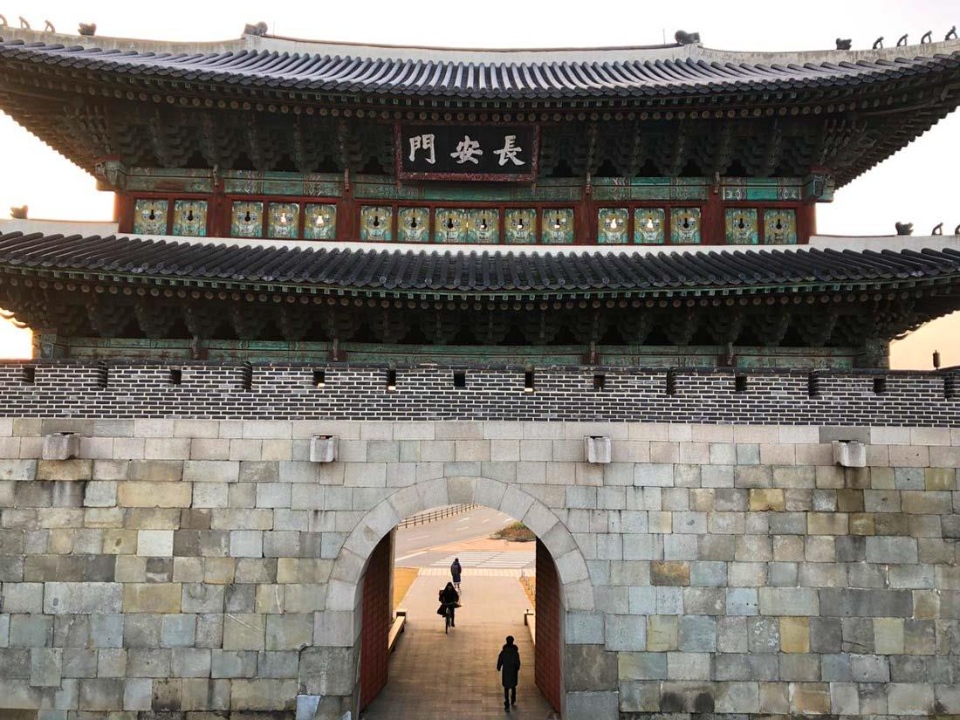
Located on the north side of Hwaseong Fortress, Janganmun Gate is the main entrance and the largest in the fortress. This place is considered to be of similar importance to the capital city of Hanyang in Seoul. Construction was completed in September 1974 and became the pride of the people of Suwon.
Yeonmudae Post
Yeomudae Post, also known as Dongjangdae, a UNESCO world heritage site, is located on a hill to the east of Hwaseong Fortress. From here you can have a panoramic view of the fort. After the fortress was completed in 1796, Yeonmudae was used as a training ground for the army for more than two centuries. Coming here, visitors can participate in archery or many other unique traditional sports activities of the peaceful city of Suwon.
Suwon Hwaseong Museum
- Address: 21 Changnyong-daero, Paldal-gu, Suwon-si, Gyeonggi-do, South Korea
- Hours: 9 AM–6 PM/Monday: Closed
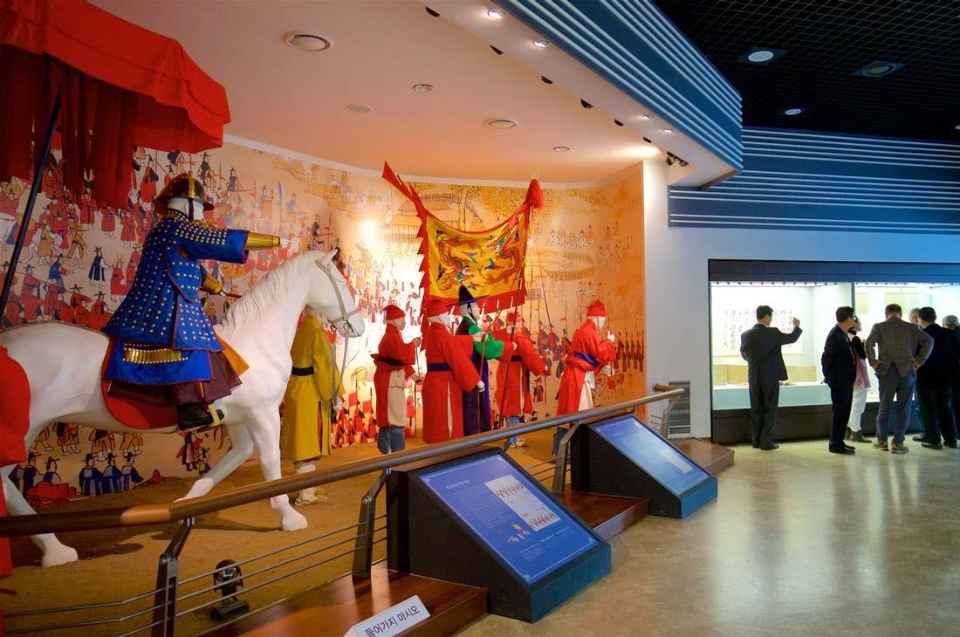
Suwon Hwaseong Museum helps visitors have a systematic and comprehensive view of the culture and history of Hwaseong Fortress, which was nominated as a World Cultural Heritage. The galleries detail the construction of the fort as well as the city’s history, changes and development over time. The museum’s library is open year-round, allowing visitors to learn more about the people who made great contributions to the construction of this majestic fortress.
The museum is considered a treasure of this city because it reflects a comprehensive view of Suwon’s culture and history. This place displays a lot of documents detailing the process of Hwaseong Fortress from its formation to development. Besides, there is also a library here to help you consult and learn more about the people who contributed to completing the fortress.
Yongjusa Temple
Yongjusa Temple was built during the Silla period, but was burned down during the war. The temple was rebuilt by King Jeongjo in 1790 to mourn the tragic passing of his father (King Sado Seja) and to pray for his father’s soul to forever be at peace. The temple consists of a seven-story stone-built pagoda and the Cheonboru Pavilion, placed on two rows with six stone pillars. Here, visitors will discover traditional Buddhist architecture and a variety of Buddhist relics.
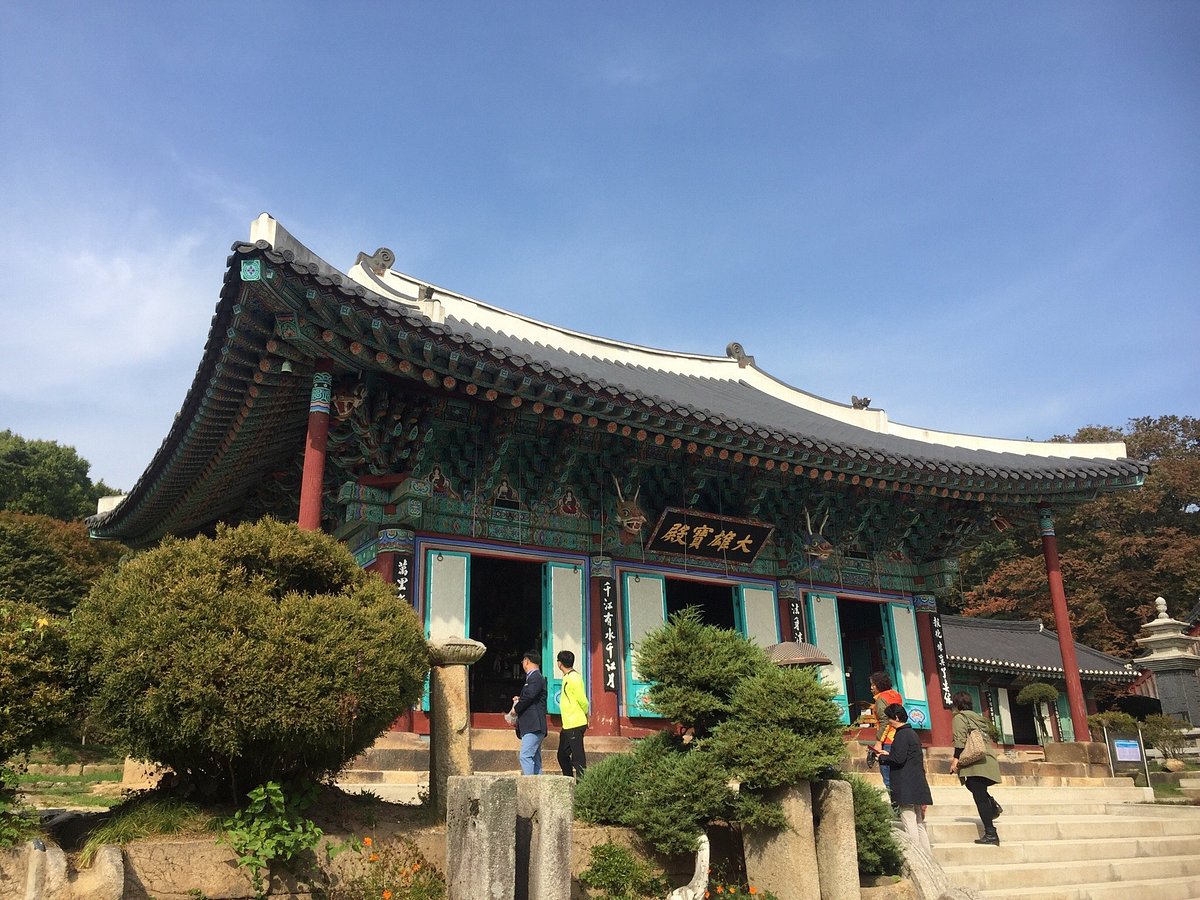
The campus in Yongjusa includes Beomjong – a sacred bell on the list of national treasures, a 7-story pagoda built entirely of stone, Daeungbojeon (main hall) and Cheonboru communal house. Here, you can find the book Bumoeunjunggyeong, written by King Jeongjo on the topic of filial affection and respect for parents.
Mulhyanggi Arboretum
- Address: South Korea, Gyeonggi-do, Osan-si, 청학로 211
- Hours: 9 AM–6 PM/Monday: Closed
Mulhyanggi Arboretum is a lush botanical garden, located in the center of Osan, Gyeonggi province. Stretching over a land area of 100,000 pyeong (330,578.5m2). The botanical garden has 16 themed zones with 1,700 types of plants and a series of auxiliary works. It will take about two hours to visit the entire botanical garden
Visit the peaceful land called Suwon, don’t forget to visit Mulhyanggi botanical garden. Here, you will feel refreshed with fresh air, lush green plants, etc.
Suwon Nammun Market
- Address: 32 Paldallo 3(sam)-ga, Paldal-gu, Suwon-si, Gyeonggi-do, South Korea
- Hours: 8 AM–9 PM
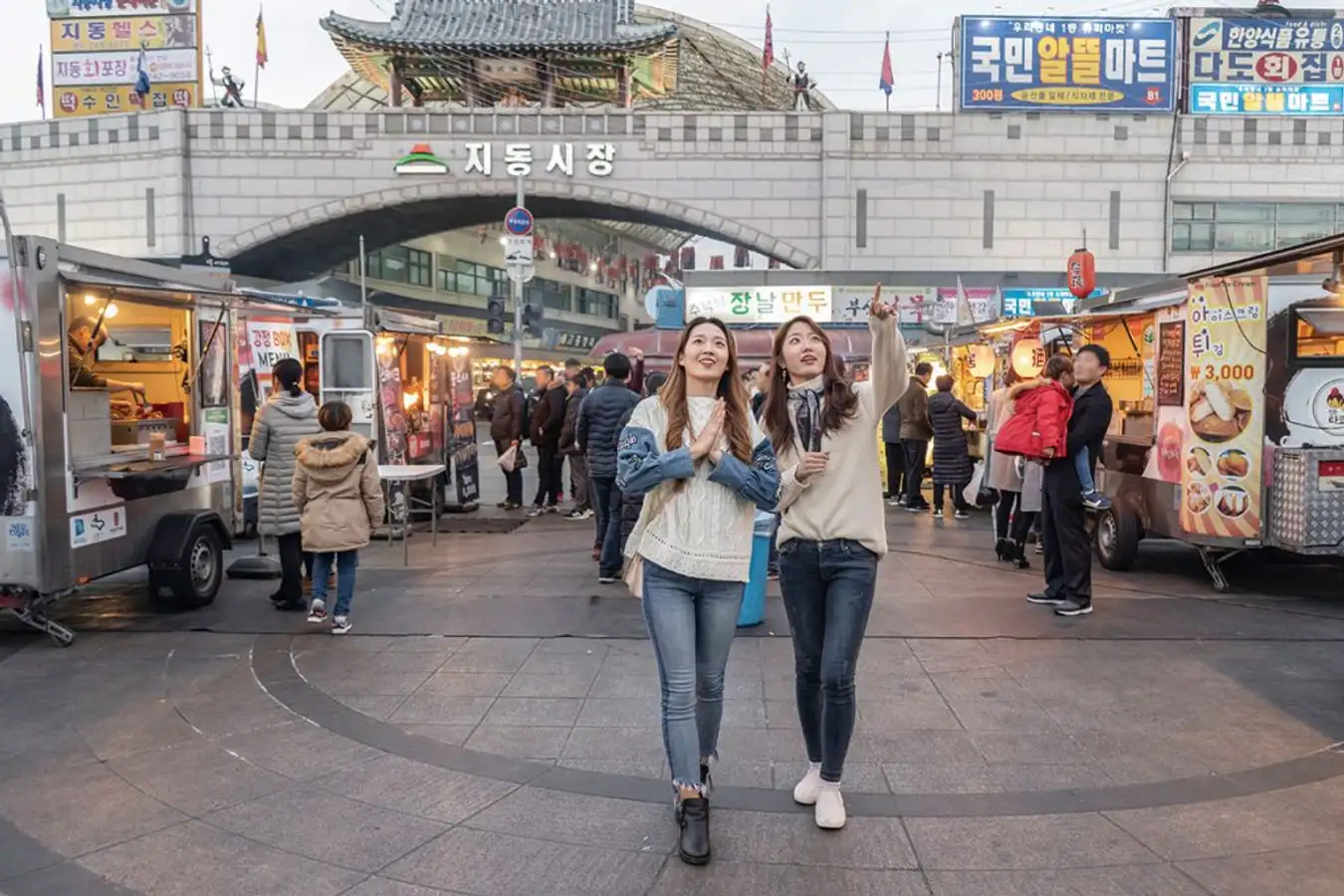
Nammun Market is a traditional market located in a small alley. After Hwaseong Fortress was built, this market was where people often traded ginseng. Nowadays the area has become much busier and you can find all kinds of unique items here. The most unique experience at this market is enjoying street food made from Ginseng and drinking Makgeolli (Korean rice wine).
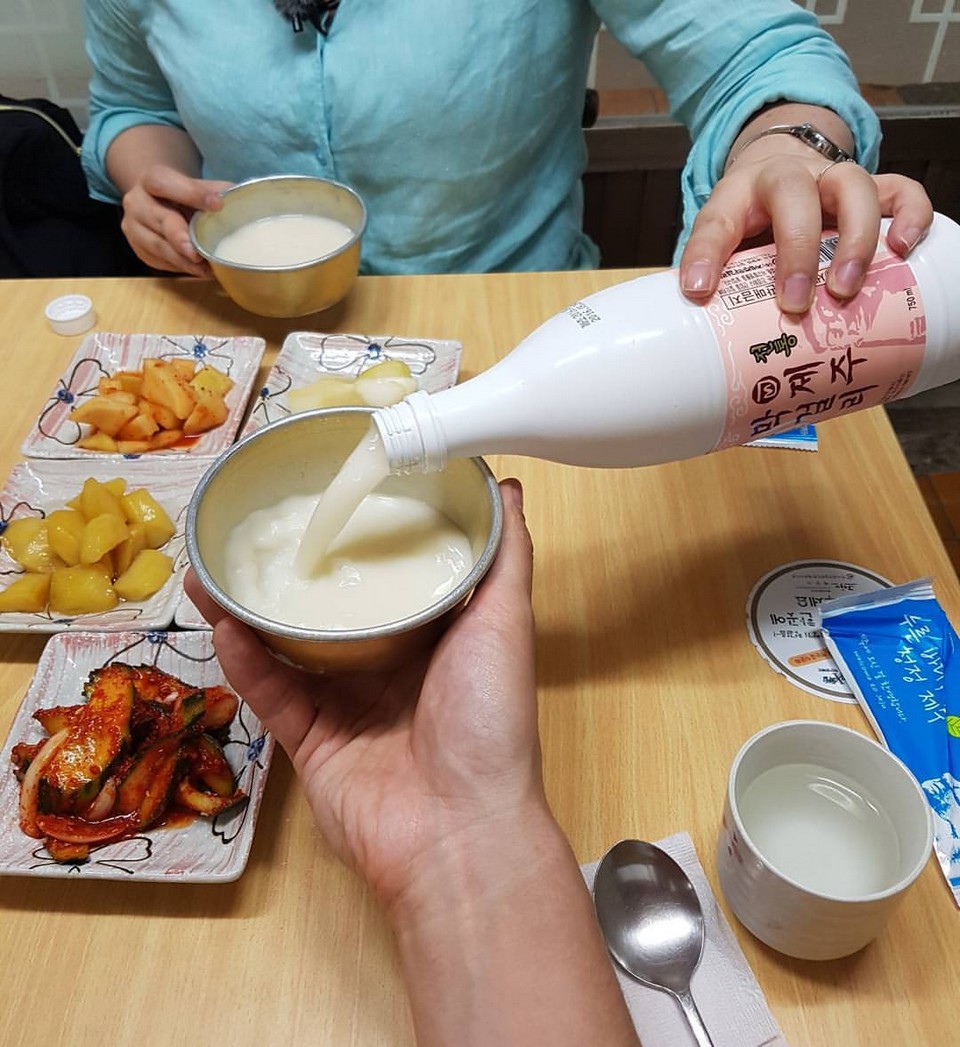
Korean Folk Village
- Address: 90 Minsokchon-ro, Giheung-gu, Yongin-si, Gyeonggi-do, South Korea
- Hours: 10 AM–6 PM
This village is a living museum where you can directly experience life from the Joseon period. There are many traditional architectural works such as ancient houses and temples relocated from different provinces and cities of Korea.
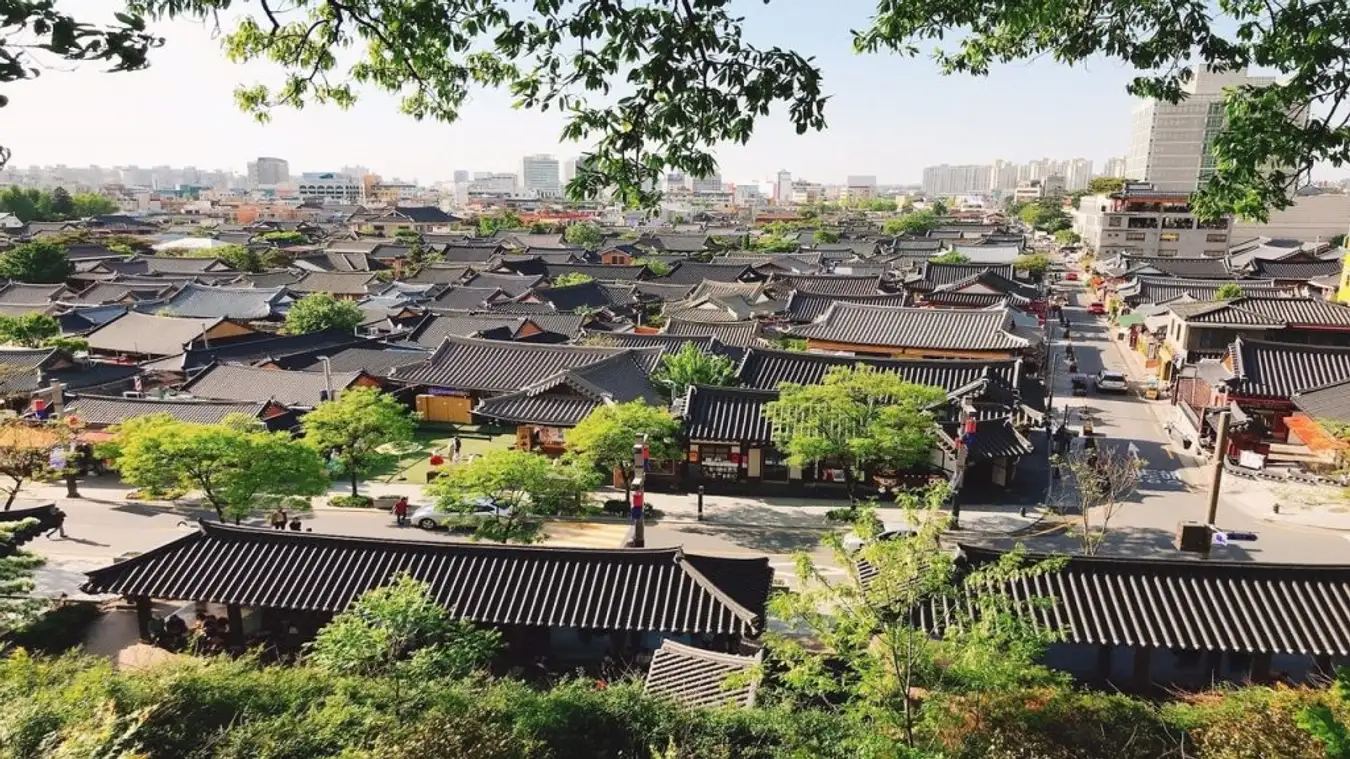
Coming to Korean Folk Village, you can immerse yourself in unique cultural activities and rent a traditional costume to transform into characters in the movie.
Gwanggyo Lake Park
- Address: 102 Gwanggyohosu-ro, Ha-dong, Yeongtong-gu, Suwon-si, Gyeonggi-do, South Korea
- Hours: Open 24 hours
Located on the banks of the vast Gwanggyo Lake, this park represents the bustling and modern life of Suwon city. With a large space, this is the ideal place to enjoy outdoor activities such as walking, cycling, or hanging out by the lake.
You can also rent a boat to experience the feeling of floating among the waves. This park is an ideal meeting place, helping you relax, enjoy the fresh air and fully admire the romantic beauty of the city.
What to eat?
Fried chicken
Suwon is famous for two types of food – Fried Chicken and Galbi (grilled short ribs). If you are a fan of Korean dramas or reality TV shows, you may be very familiar with “chi-maek” – a combination of fried chicken and beer. The combo of Crispy Fried Chicken and Cold Beer is a perfect choice for chatting with a group of friends and enjoying Suwon’s nightlife atmosphere together.
Even here, you can find Chicken Street, with most of the shops on the street selling crispy fried chicken. And the special feature of Suwon fried chicken is that the chicken is fried fresh in a “gamasot”, the name of a large iron cauldron often used to prepare traditional Korean dishes. Therefore, after being fried, the chicken has a distinctive yellow color, is crispy and very fragrant.
Suwon Galbi
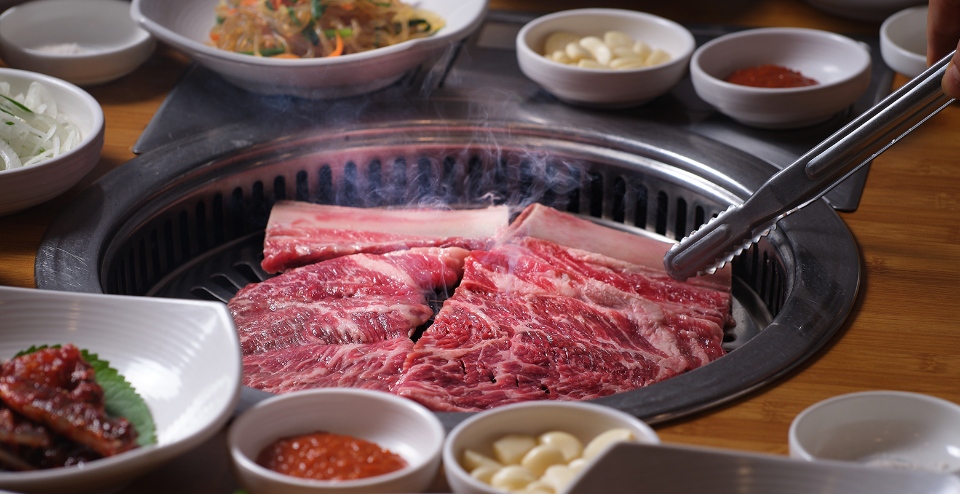
Another local specialty is Suwon Galbi. This is a very popular grilled beef rib dish throughout Korea, however the ribs in Suwon are larger in size, as well as the meat is softer and sweeter than in other regions. First, Galbi will be marinated in a sweet and salty sauce, then grilled over hot coals to get the meaty flavor of both fire and smoke.
Where to shop?
Suwon opened the largest and newest shopping center in Korea, Galleria Gwanggyo. This 12-storey shopping mall was opened on March 2, 2020, and has attracted a large number of people to visit and shop, because of the attraction of its extremely unique exterior design. Built on the idea of “Lights in your life”, the project is designed by Dutch architecture firm OMA, led by prestigious Pritzker Prize-winning architect, Mr. Rem Koolhaas.
The mall has a mosaic stone facade with a unique texture, giving the appearance of a sculpted stone emerging from the ground. The real highlight of the building, however, is the Galleria’s rooftop terrace, a curving glass walkway composed of 1,451 triangular glass pieces that connects the side staircase to the rooftop garden. This walkway allows light to penetrate all floors of the building, providing a unique, thrilling experience, in harmony with the surrounding new architecture of the Gwanggyo area.
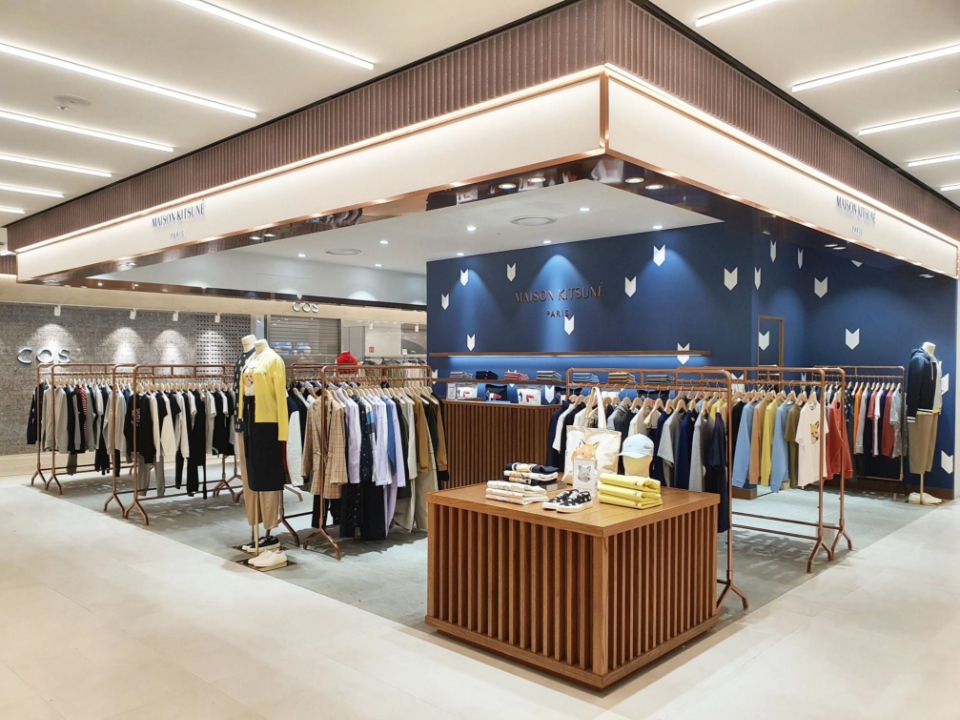
This 12-storey building is a complex of brands creating a shopping paradise, with an entire floor devoted to famous fashion houses including Gucci, Fendi, Balenciaga, as well as a variety of other contemporary brands. Next are 3 floors dedicated to Samsung Electronics’ show room with the theme “Future”. For food lovers, Galleria Gwanggyo proudly brings together all of Seoul’s hottest brands, such as the famous burger restaurant Downtown, or tonkatsu (deep-fried pork) restaurant Jeongdon…
- Address: 124 Gwanggyojungang-ro, Yeongtong-gu, Suwon-si, Gyeonggi-do, South Korea
- Hours: 10:30 AM–8 PM
Where to stay?
Suggested some best places to stay in Suwon
Ibis Ambassador Suwon (Agoda, Booking)
Ibis Ambassador Suwon has a very convenient location, close to many shopping stores, restaurants and just a few steps from Suwon Stadium. This hotel in Suwon offers full amenities such as a restaurant, bar, gym and free Wi-Fi. These amenities help visitors have the most comfortable vacation experience in Korea.
MALU Hotel Suwon (Agoda, Booking)
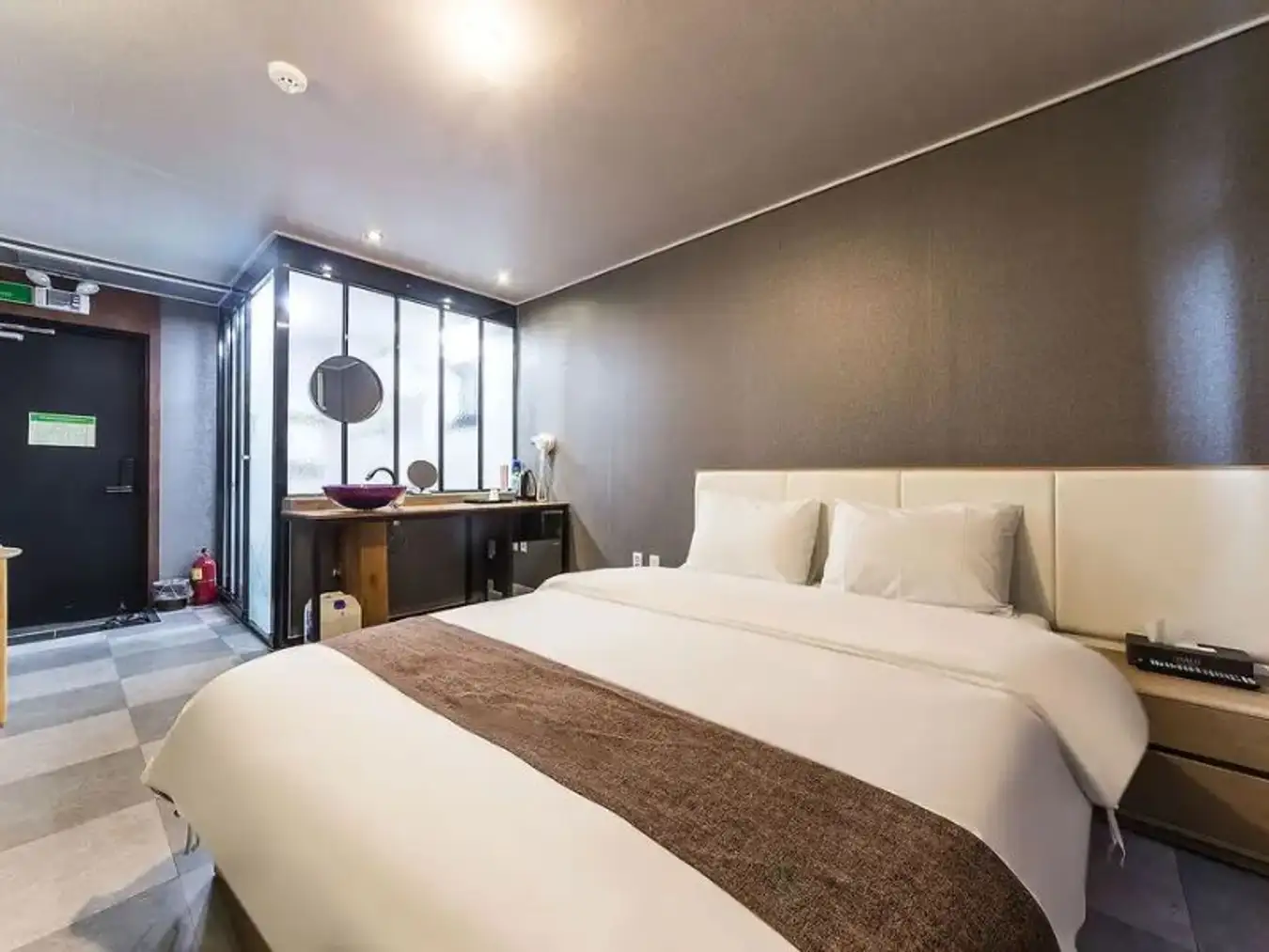
One of the hotels with spacious, beautifully decorated and affordable rooms that we find satisfactory is MALU Hotel Suwon. The spacious, bright rooms and elegant interior make this place so attractive. The big plus is that the hotel is located near Suwon city center, convenient for you to travel to visit famous places here.
Novotel Ambassador Suwon (Agoda, Booking)
Novotel Ambassador Suwon is one of the leading Korean hotels in Suwon. The hotel is luxuriously designed with spacious rooms and classy furniture. The rooms all have large windows to help you enjoy beautiful panoramic views of the city center.
Suwon MICE Multi Complex
You can enjoy classy accommodation services at Suwon’s recently opened hotel, Courtyard Suwon. Part of the Suwon MICE Complex, the hotel is located just steps from Gwanggyo Jungang subway station, and is directly connected to Suwon Convention center and Galleria Mall. In particular, the hotel is only 30 minutes by train from Seoul’s Gangnam station.
With 288 rooms of relative size, the hotel has a beautiful view of the new city of Gwanggyo. The rooms are designed specifically for businessmen with a modern, beautiful working space.
Besides accommodation services, food and beverage services are also a highlight of the hotel. With a modern-style restaurant located on the second floor, guests can enjoy a full range of dishes from fresh buffets, to a-la-carte menus with many options, from classic western dishes. Korean dishes with unique local flavors, even for vegetarians. In addition, the hotel offers private dining rooms, for diners who prefer quiet and privacy.
After a long day with a packed schedule, a visit to the hotel’s The Lake Tavern Bar to sip a cocktail made at the counter, along with snacks, is extremely necessary. Finally, to ensure your health is always guaranteed during a long business trip, the 24-hour Gym, or cycling around the adjacent Gwanggyo Lake is a wise choice.
Below we recommend more best budget, mid-range and upscale hotels with good ratings and reviews you can refer to.
- Ramada Plaza by Wyndham Suwon (Agoda, Booking)
- Reborn Suwon Silkroad Hotel (Agoda, Booking)
- Suwon Dono1796 Hotel (Agoda, Booking)
- Courtyard by Marriott Suwon (Agoda, Booking)
- Hotel Arte (Agoda, Booking)
- Haeden Hotel High End Suwon (Agoda, Booking)
Check out more top and best hotels in Suwon on Agoda.com or Booking.com
In the above article, we have joined you to explore interesting attractions, top things to do in Suwon city. Hopefully the travel experiences shared above will be useful for your journey to explore Suwon.
Some best day tours, trips, activities and transfer services, tickets in, from and to Gyeonggi-do you can refer to
- Suwon Hwaseong Day Tour from Seoul
- Suwon Hwaseong and Korean Folk Village
- Suwon Fortress One Day Tour from Seoul
- Suwon Hwaseong & Korean Folk Village One Day Tour
- Korea Folk Village / Suwon Hwaseong Day Tour from Seoul (EG Tour)
- Suwon’s Diverse History and Drama Private Tour From Seoul
- Korean Folk Village, Suwon Hwaseong, Anseong Farmland Tour – Seoul
- Suwon Historical Autumn Romantic Day Tour from Seoul
- Suwon Hwaseong Hot Air Balloon Flight Experience and Cherry Blossoms One Day Trip from Seoul by S.A Tour
- Suwon Hwaseong Traditional Market, Hot Air Balloon Flight Experience Day Trip by Wondertrip
- Suwon Hwaseong Night Tour From Seoul

Read more Korea guide here.




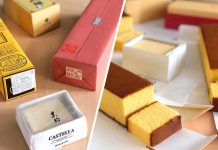


























![10 best airports in Asia in 2016 [RANKED] kuala-lumpur-international-airport-best airports in asia in 2016 by skytrax ratings](https://livingnomads.com/wp-content/uploads/2016/08/29/kuala-lumpur-international-airport-best-airports-in-asia-in-2016-by-skytrax-ratings-218x150.jpg)








